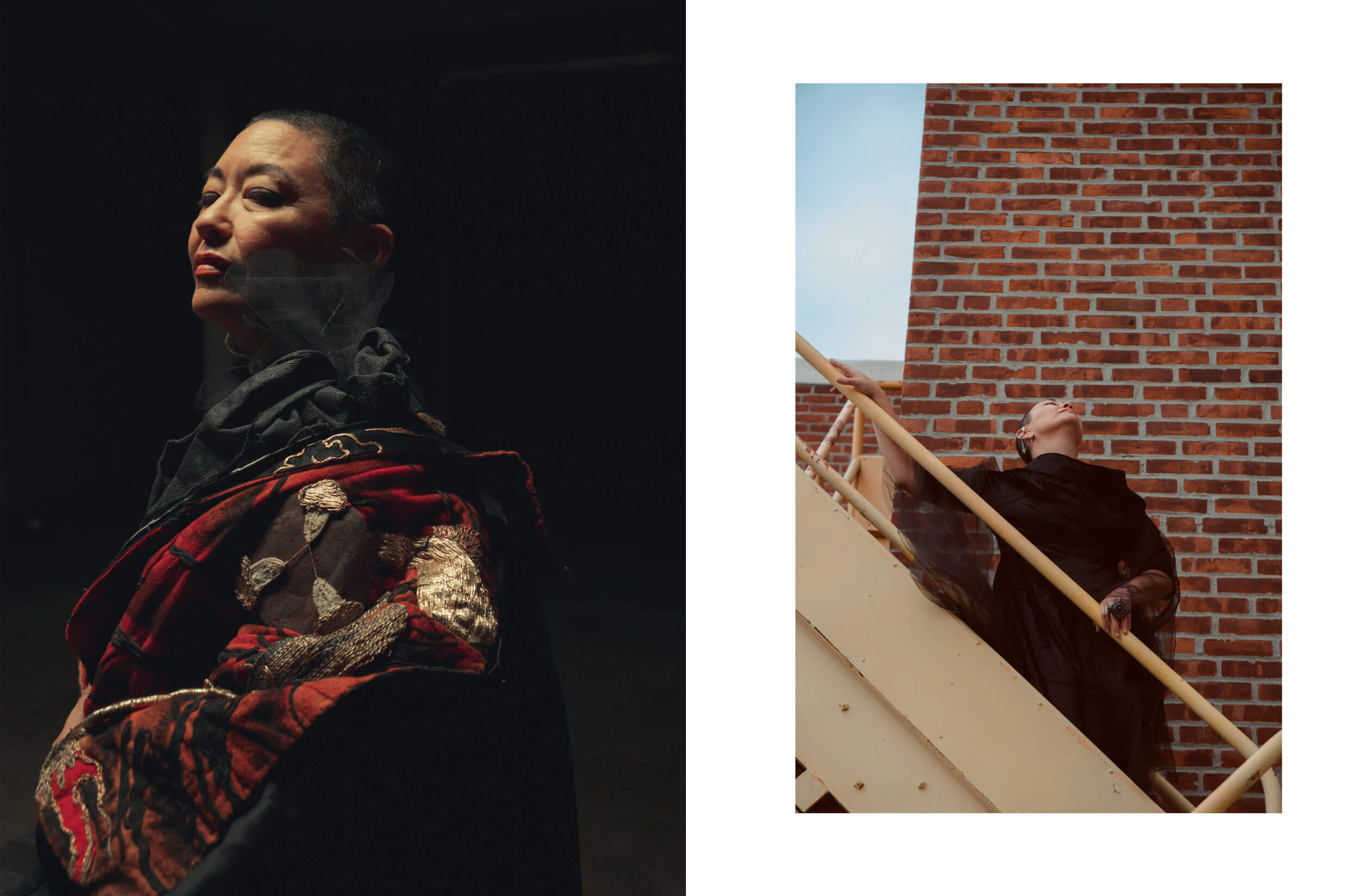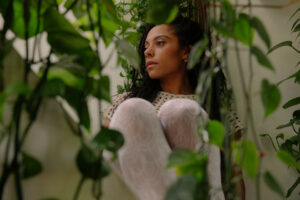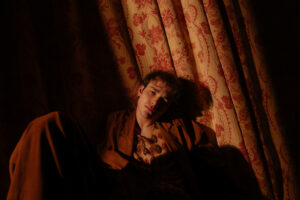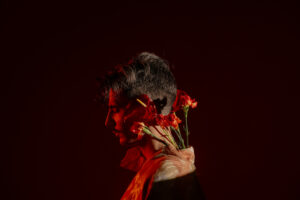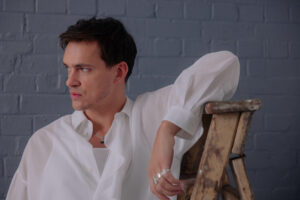Words never fail me, especially when I meet an interesting person: but while I was in New York, on a morning that started at 4.30 am to see the sun rising on the TV set where we had decided to meet, and I met Ane Crabtree, every word seemed superfluous to me. To get to know her vision of life, world and work made me realize that the greatest form of respect through which I could honor her incredible career as a costume designer and her existence made of signs, protests for a better world, and otherworldly creativity, was silence.
A silence filled with her voice, her past, and her message.
A silence full of meaning, which I will remember forever.
A silence that, like a river free to flow, guided me to discover the essence of Ane and those elements that make her costumes unique and symbolic.
What we have here, below, is more than an interview: it is a stream of consciousness, it is the testimony of Ane’s artistic spirit that has made us open our eyes to the beyond.
This is Ane Crabtree. This is our May Cover Story.
When did you realize that you wanted to work in costume design? Was there a specific moment?
I never knew that I was going to do this work.
I studied some painting, Shakespeare, and art history, and worked as a fashion stylist, but there was a moment around 1989 or 1990: when I first moved to New York in 1985 – I was from Kentucky, from a tiny place – it was all about fashion for me, and I wanted the dirt of New York. After five years, I thought, “It’s so boring just to look at the most fashionable people,” because you see them everywhere on the streets, and so I started looking at homeless women, there was one in particular who wrapped herself differently every day in garbage bags, and she was truly fabulous in that world, she would change her headbands, her shoes, all out of garbage bags, and I was like, “That’s her real person!” In other words, I started looking at interesting characters.
Around 1990, I started thinking that I loved cinema so much and that it was changing: Tarantino was coming, Oliver Stone was doing strange films, but also Tilda Swinton, I was laughing about her, but she was in these films like “Edward II” and “Orlando.” These very interesting films were coming out, and I kept watching them, it’s so much more interesting than fashion to me, because it’s storytelling, and from the South storytelling is huge.
Also, when I was growing up my parents – my father was raised in Kentucky, but my mom hadn’t, they had other ideas and other cultures behind them – would always be watching Hitchcock, sometimes inappropriately for a little kid [laugh], and I remember that nobody else in my neighborhood, in the projects, talked about those films; Hitchcock is so beautiful and it stays especially in a kid’s brain, it looks like it’s real life, but somehow something is kind of strange, and so I think all those things made me think of film.
Also, around the age of 8, I don’t know how, maybe at a garage sale or rummage sale, someone had a very old real movie camera 8, not even a Super 8, and my brother and I bought it and we started making animated films, just because we thought it was cool. So, I think it’s always been in the background. I would tape record strange sounds and then mix it with my parents fighting and I thought it was like a dream.
“These very interesting films were coming out, and I kept watching them, it’s so much more interesting than fashion to me, because it’s storytelling.”
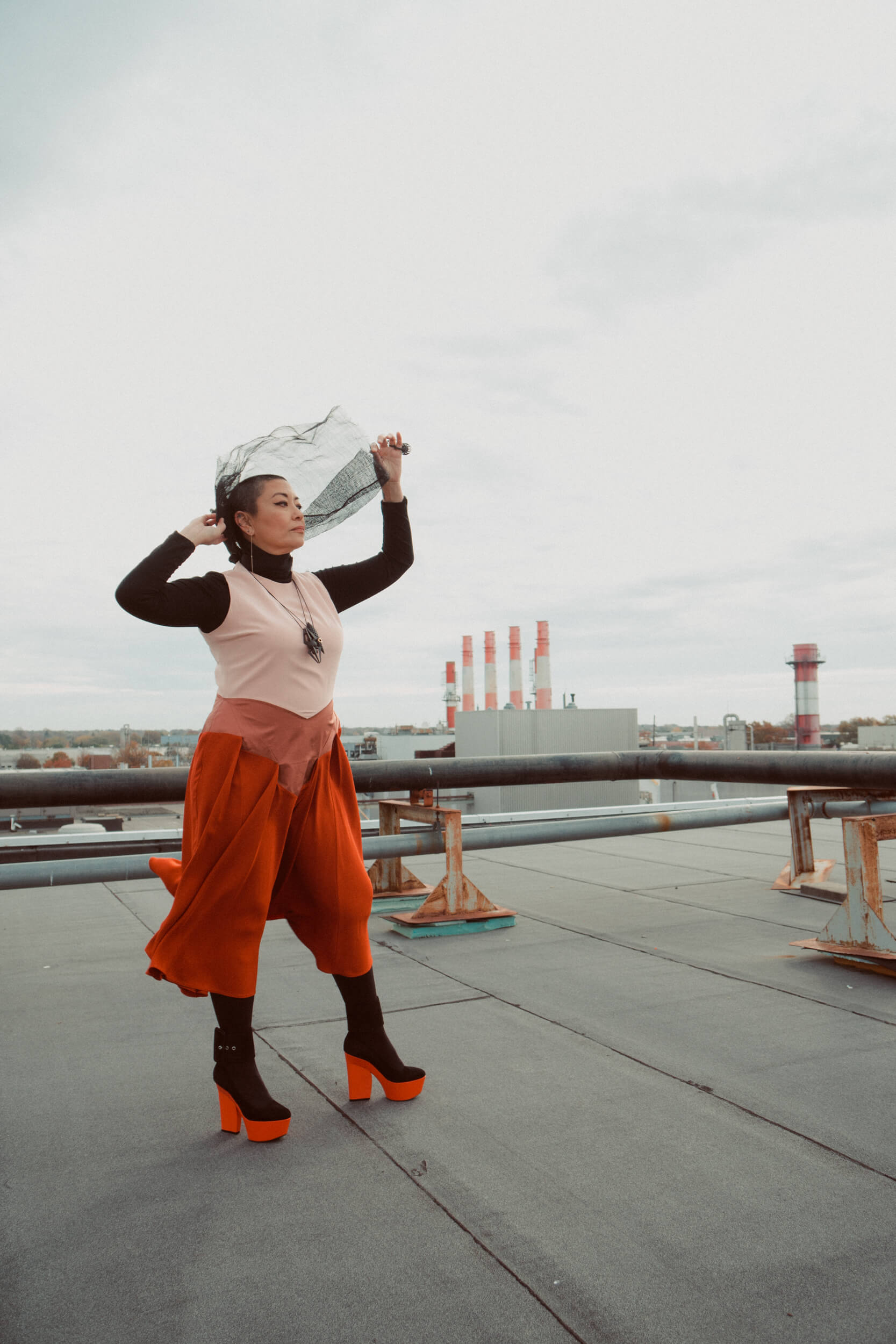
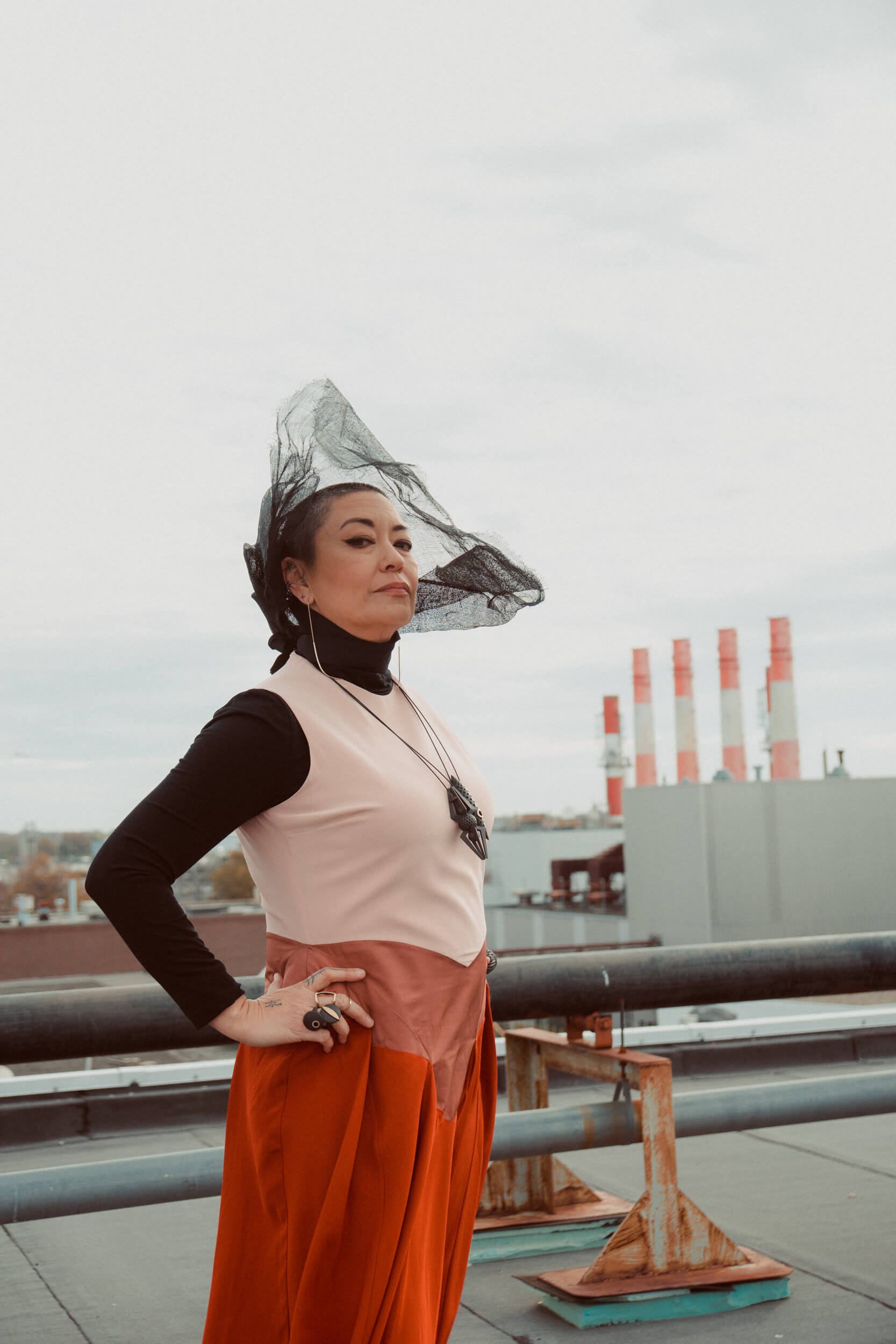
“Hitchcock is so beautiful and it stays especially in a kid’s brain, it looks like it’s real life, but somehow something is kind of strange, and so I think all those things made me think of film.”
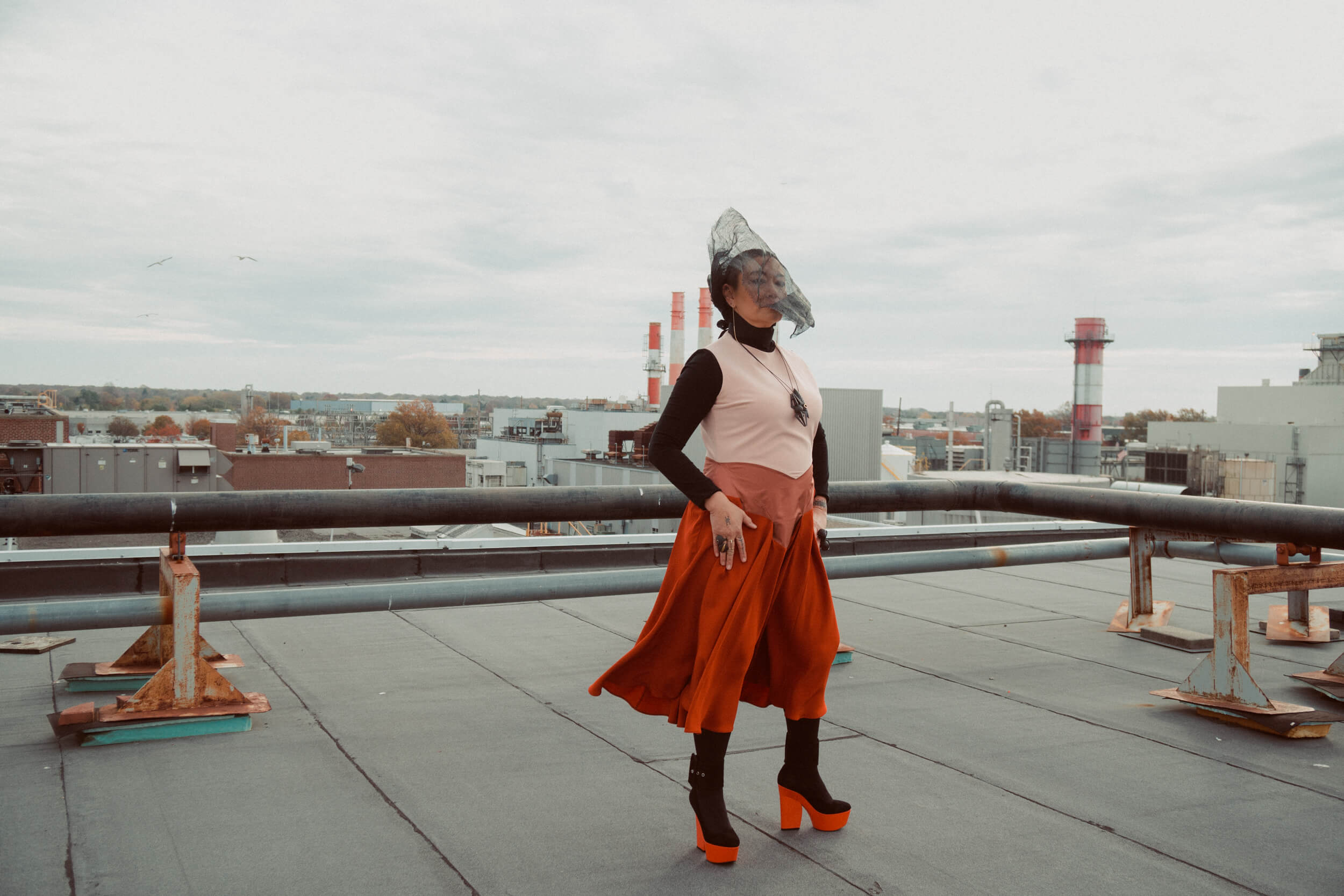
All those things came back to me at the age of maybe 25 or 30, saying, “Maybe I don’t need to just do fashion,” because it’s so beautiful and I still love it and I still throw it in my work, but around 1990 I think maybe I was getting more settled in New York and I thought, “Hey, it’s okay to bring all those elements into your work.” Plus, I wasn’t getting paid anything in fashion, working for Elle magazine, or doing fashion shows, it was not so much money, and so, when you’re young and in New York, you’re looking for a way to make your rent. So, people started approaching me, a Japanese person, cute, half-Japanese guy, was like, “Hey, do you speak Japanese?” and I said, “No, I knew it as a baby but I don’t know it now” and he said, “Well, there’s a job looking for someone to help a Japanese designer, would you do it? It’s a TV show shooting in New York,” and I said, “Sure, but why would they want me around?” The thing with Japanese people is that they speak English, but they’re shy and so it was helpful to them to have someone who could talk to the actors in New York, communicate with them. That was my first job straight from fashion into film; after three Japanese films here in New York, I segued into working for independent directors and then, much later, in 199something, there was the TV and, you know, long story. [laugh]
What makes you say yes to a project?
I always want a beautiful script, and it’s hard because sometimes you just need to take a job. So, there were a few moments in my career, in the 30 years maybe five times, where I took a job because I needed to introduce myself to LA or to New York, you know, a cop or a lawyer show, or many mafia stories in New York, I did so many, and then I did “The Sopranos.” What makes me say yes is if I’m handed a script and there’s something about it that makes me feel a strong emotion immediately upon reading, like wanting to cry, or feeling so happy, then I feel like that’s going to be something for me; and if it keeps going after the second or third read because you can’t just read it once, then if something is building in me, I know that’s it’s triggering something creatively: emotion will always lead to creativity, and so there’s always something I can do if I feel it, the script is good, and then I’m so lucky because it usually turns out to be good.
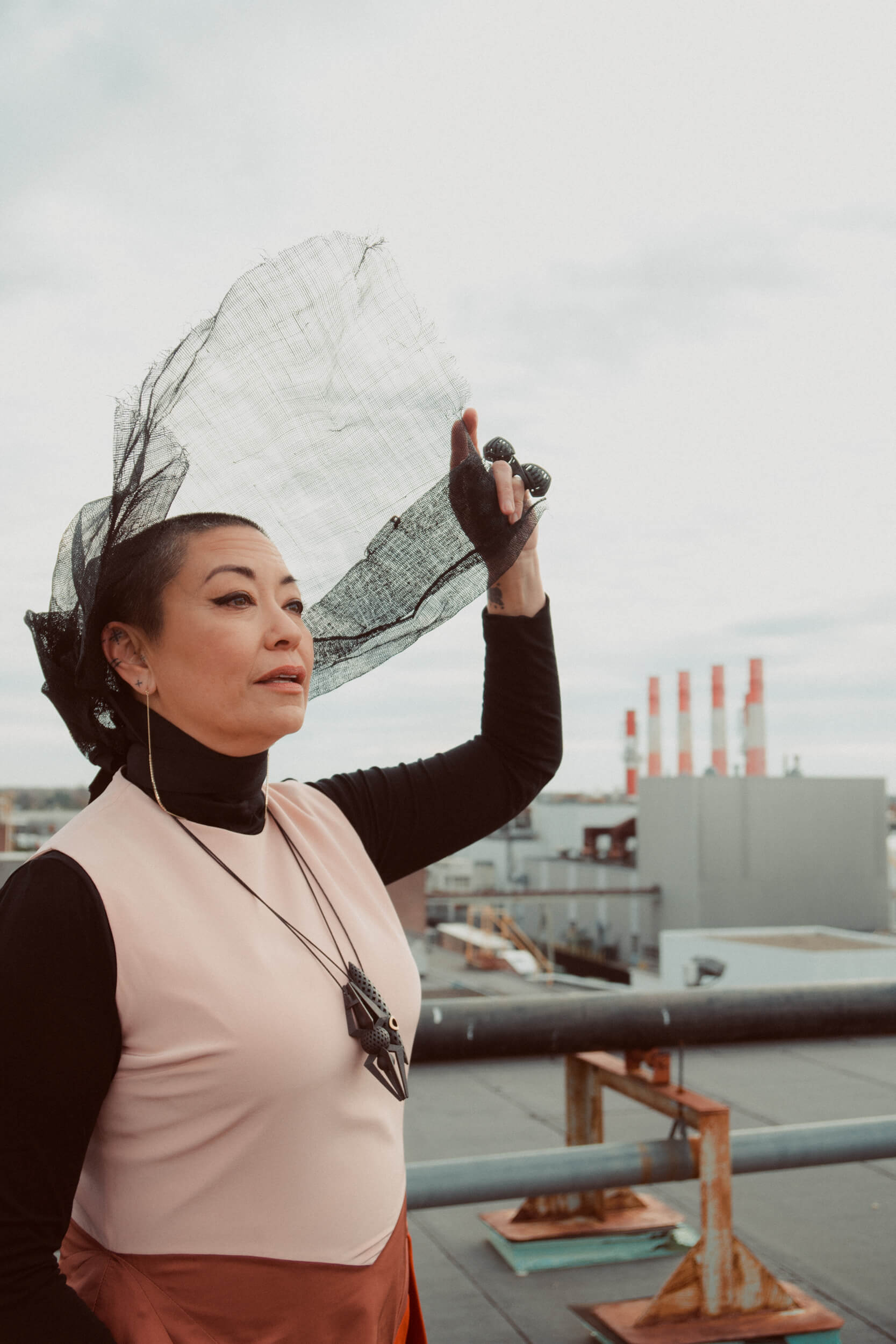
“What makes me say yes is if I’m handed a script and there’s something about it that makes me feel a strong emotion immediately upon reading.”
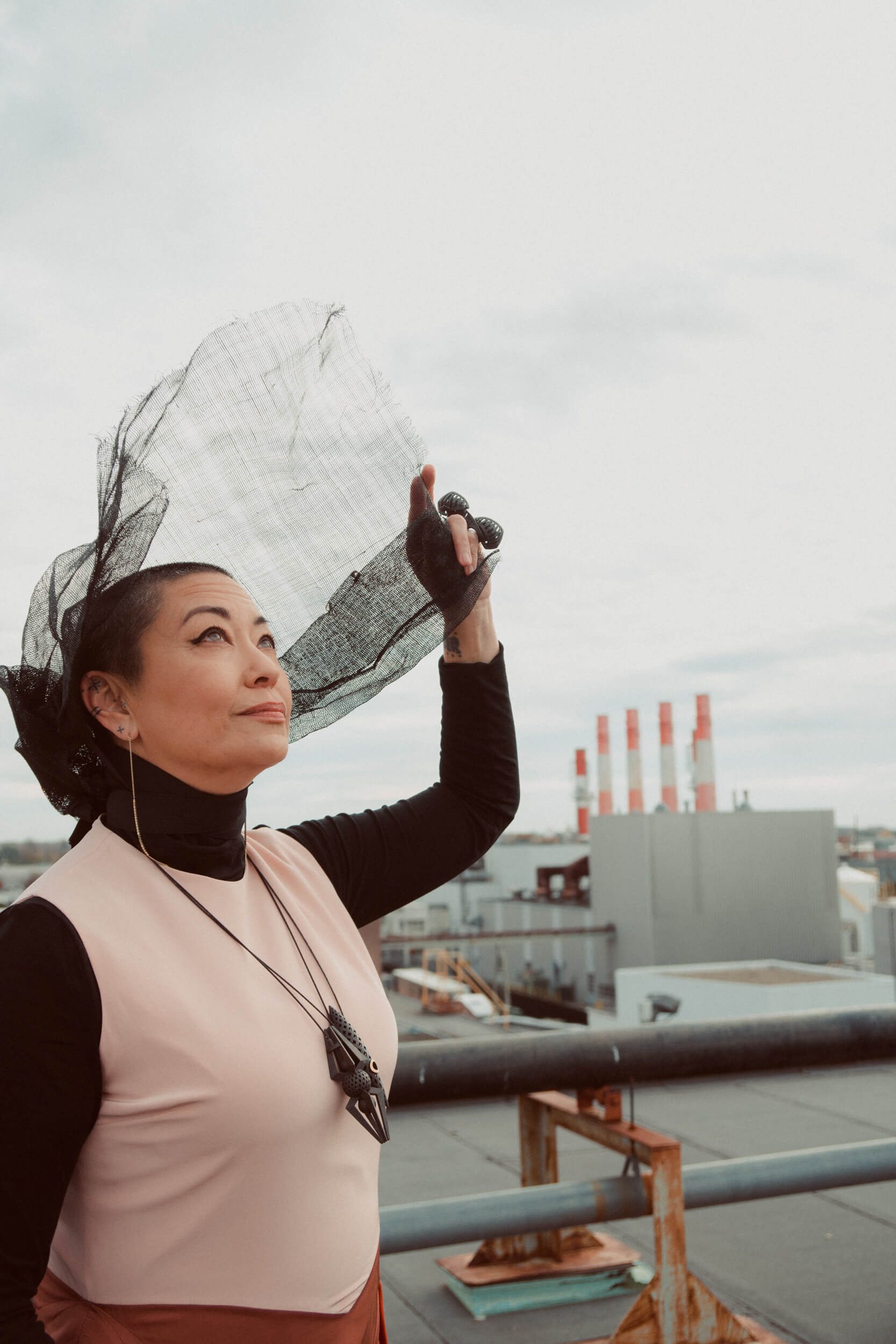
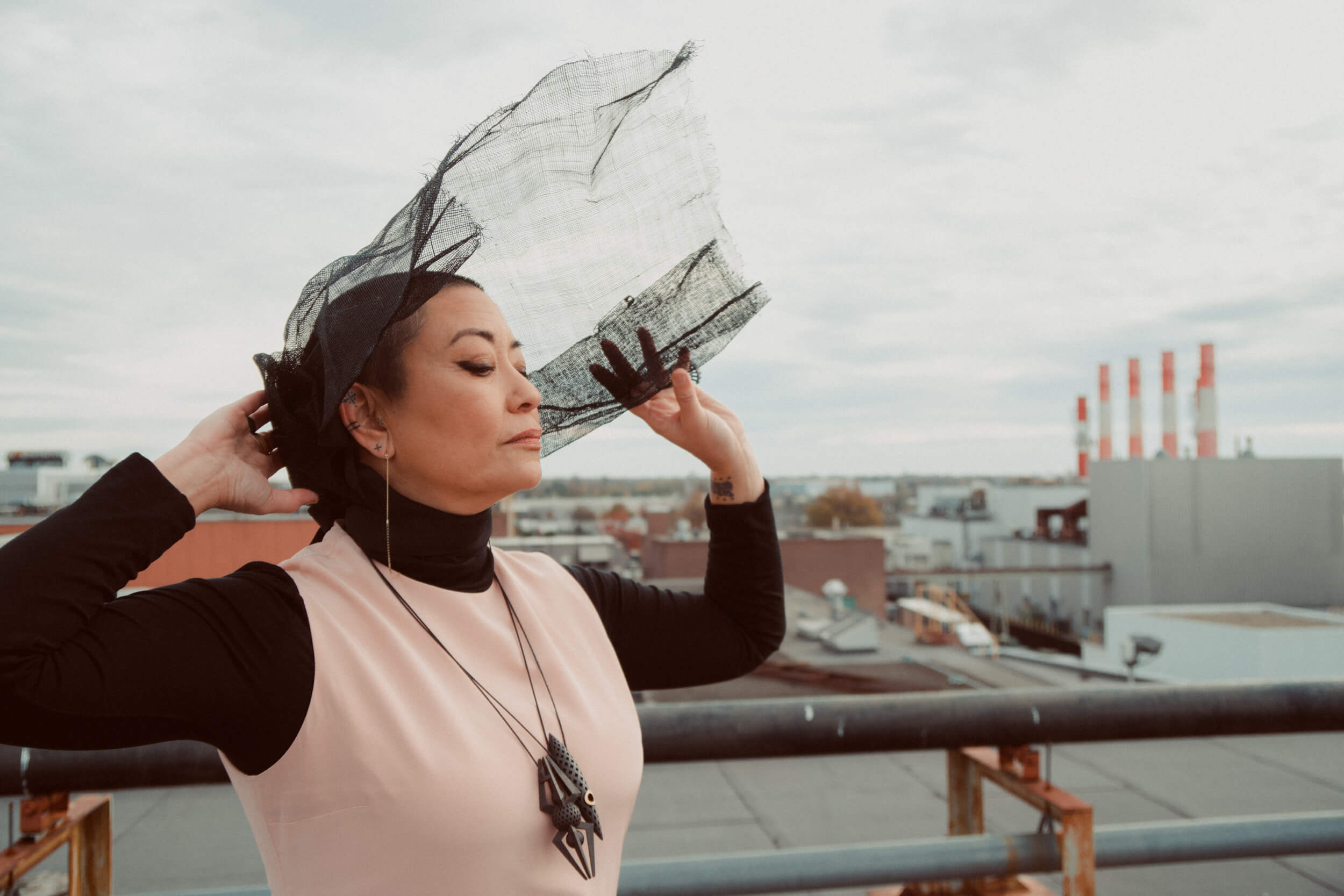
“Emotion will always lead to creativity”
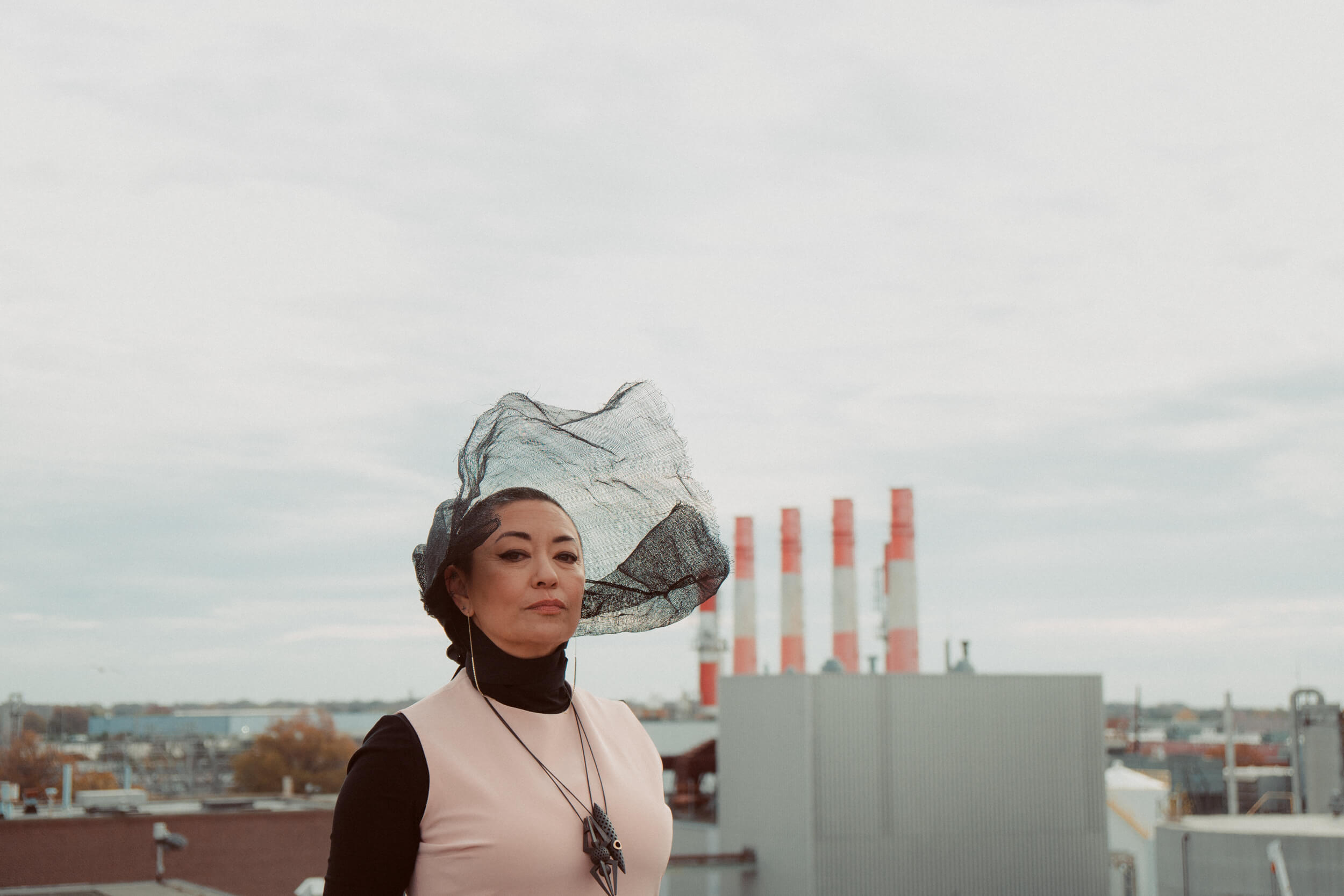
Speaking of your creative process, how do you carry it on, how did it change, where do you take inspiration from?
It’s so interesting because I guess I’m lucky to have done this job for as long as I have: when I first started doing this work, my mother and father didn’t believe me, because the jobs were so indie, they’d never made it to the middle of America, so they thought I was lying that I was working in film; but, as I’ve watched myself from the very beginning until now, I find that I’m doing the very same things all the time, whether it was super indie when I first started and I didn’t know anything, or if I’m making my own films as a producer, or a writer, or director, I’m still having the same approach to a big job like the one I’m currently doing. As you get older, you realize that components of yourself that are repetitive are working because they make you happy.
The thing that has never changed is that excitement or that connection to the inner child, and that’s very Japanese, very Okinawan, and it makes the work very pure because all you want to do is create something that gives you joy, you know that you’re going to do your best work. So that’s the first initial, how can I connect to this purity that’s been there since the very beginning? That has not changed.
The other thing that’s weirdly not changed is that I have to have certain things around me to kind of invoke the ancestors, which sounds maybe silly, but we are always on this treadmill of “fast, fast, fast!” and “hurry up!” and “read the script, oh, we changed the whole script, so you’d better read it fast, you’ve got to know the other one by tomorrow and you have to fit 25 actors and we have to do photos, you have to tell that story by 9 a.m. tomorrow. Go!” That’s the rapid pace we work at.
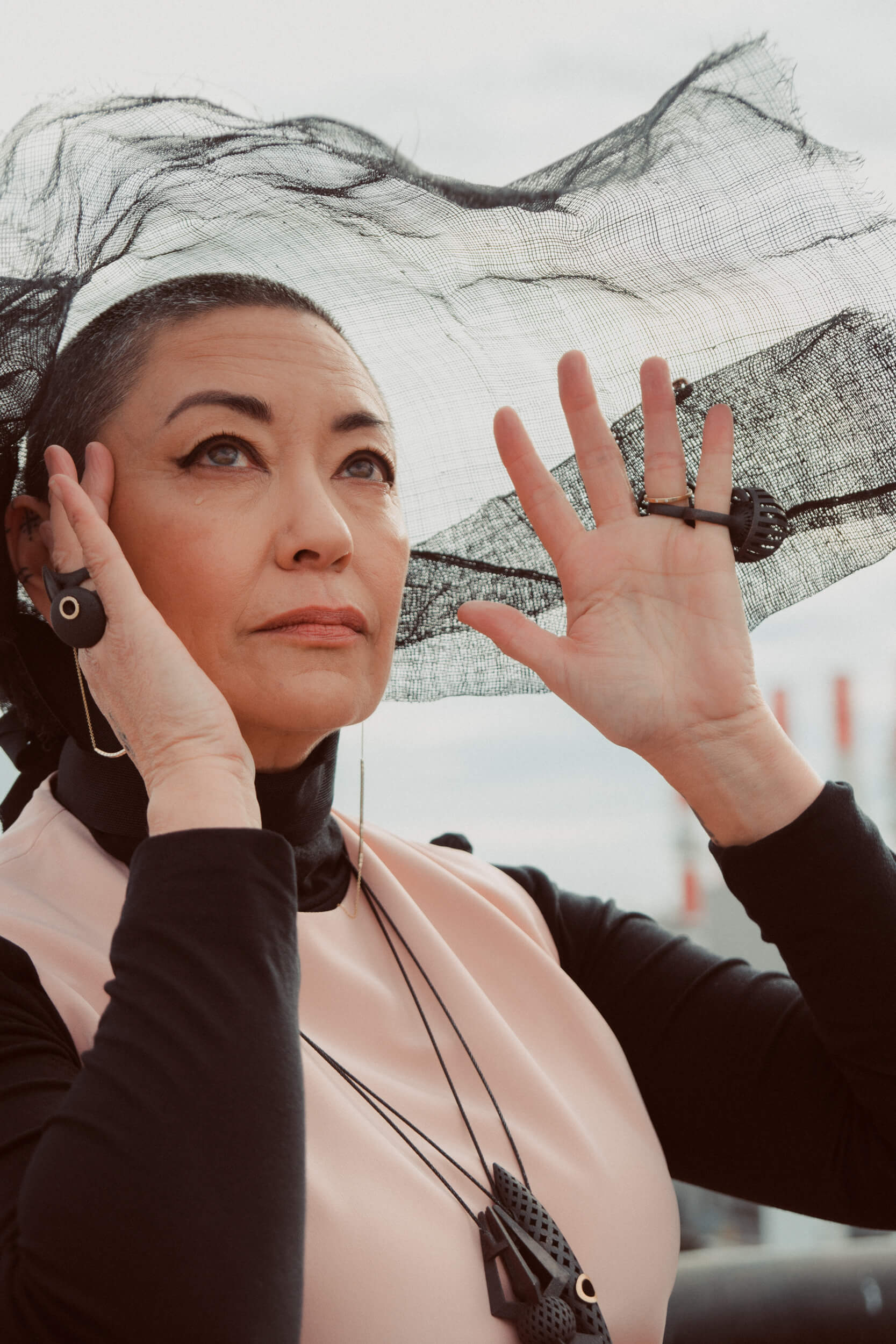
On a project like the one that is happening now I call myself a “serial nomad.” That’s the difference, now we’re always on the road, look at you guys, and what I said to one of the producers on this show is that there’s no such thing as time, the time has gone away because if you’re doing a story which takes place in multi-countries and you have crews in all those countries and you have to design for people in all those countries, I don’t sleep, so I’m literally waking up at 2 or 3 in the morning, having a quiet moment of either meditation or really organizing my brain, or sometimes just sitting and looking at the water asking for help for the day. And then I land and then “boom,” it’s non-stop for 18-20 hours, and then I just go home and crash.
Wherever you can grab a moment of serenity or a re-focus, sometimes it’s just that, for me, meditation is, of course, spiritual, but sometimes it’s just about getting really quiet, so you can do your best work: it’s always about the work for me, and the visual and the vision. I guess the only thing that has changed is that I’m always on the road and as my work or the projects have become bigger, I’m usually asked to build a world, that’s what I’ve become known for.
I do things to help me see what it could look like in my brain, often when I’m talking to people I close my eyes. I’m always either remembering or I’m seeing what I think something should be, so as long as I can see it, I’m in the future, I’m ahead of the game, and that’s been my answer, but it also makes it harder to top yourself for the next level, if each project is big, how do you get bigger?
I waited 9 months before I worked, after “The Handmaid’s Tale,” because it was so colossal, there were really big emotions, I was away on the road for two years, and I loved the story, it was big politically and for women, so it really did a number on me; I realized that I needed to adjust in between, and that is something I’ve done since I was young where I go out completely into nature, with nothing about film around me, nothing about fashion, and that’s why I dress this way, that’s like my thing, and it doesn’t connect to anything in the story. People have asked me to please dress someone like me and I won’t, because it’s me and I don’t want to see me, I have to save one little thing that is mine, I’m already always giving my clothes to the characters, I don’t want this.
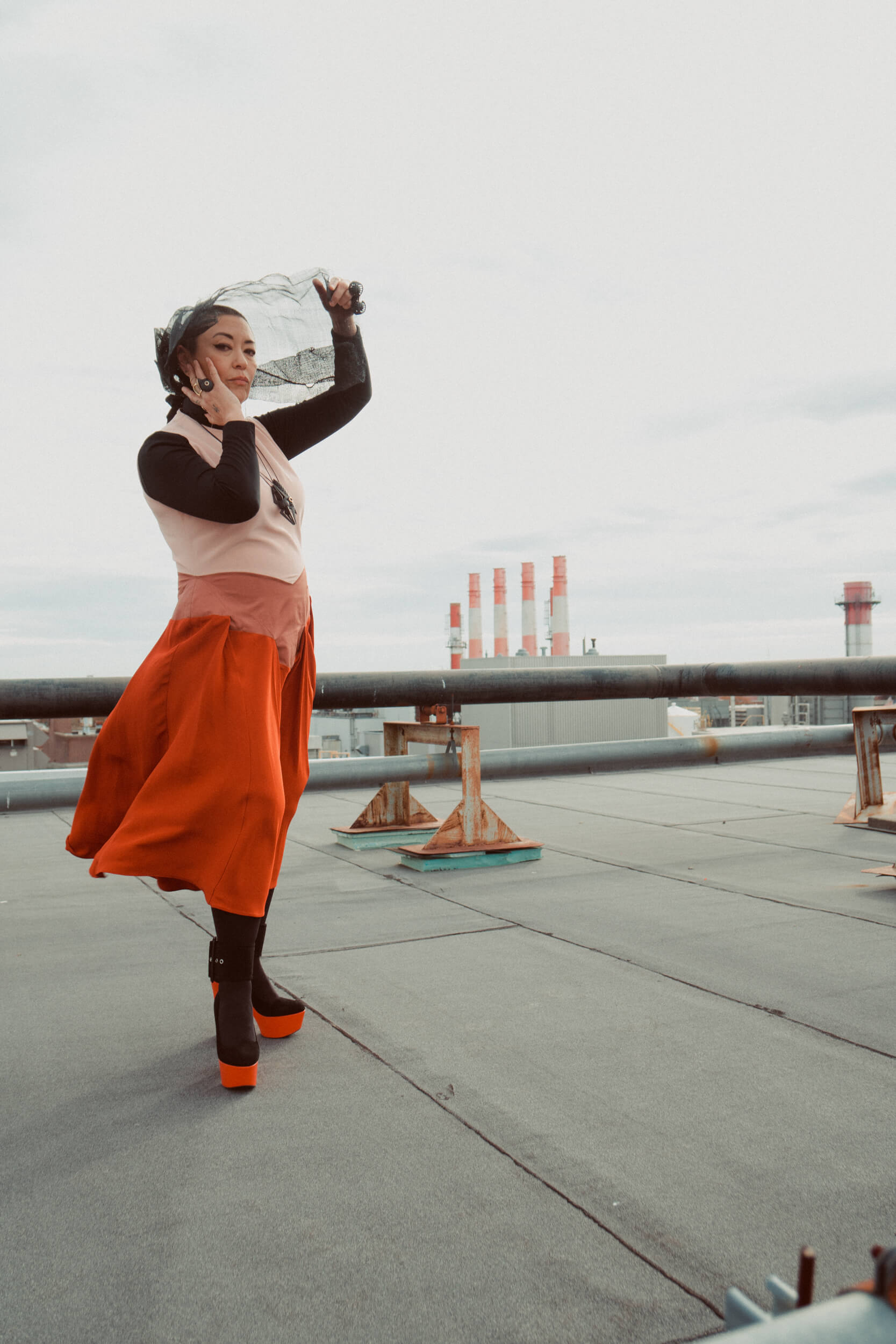
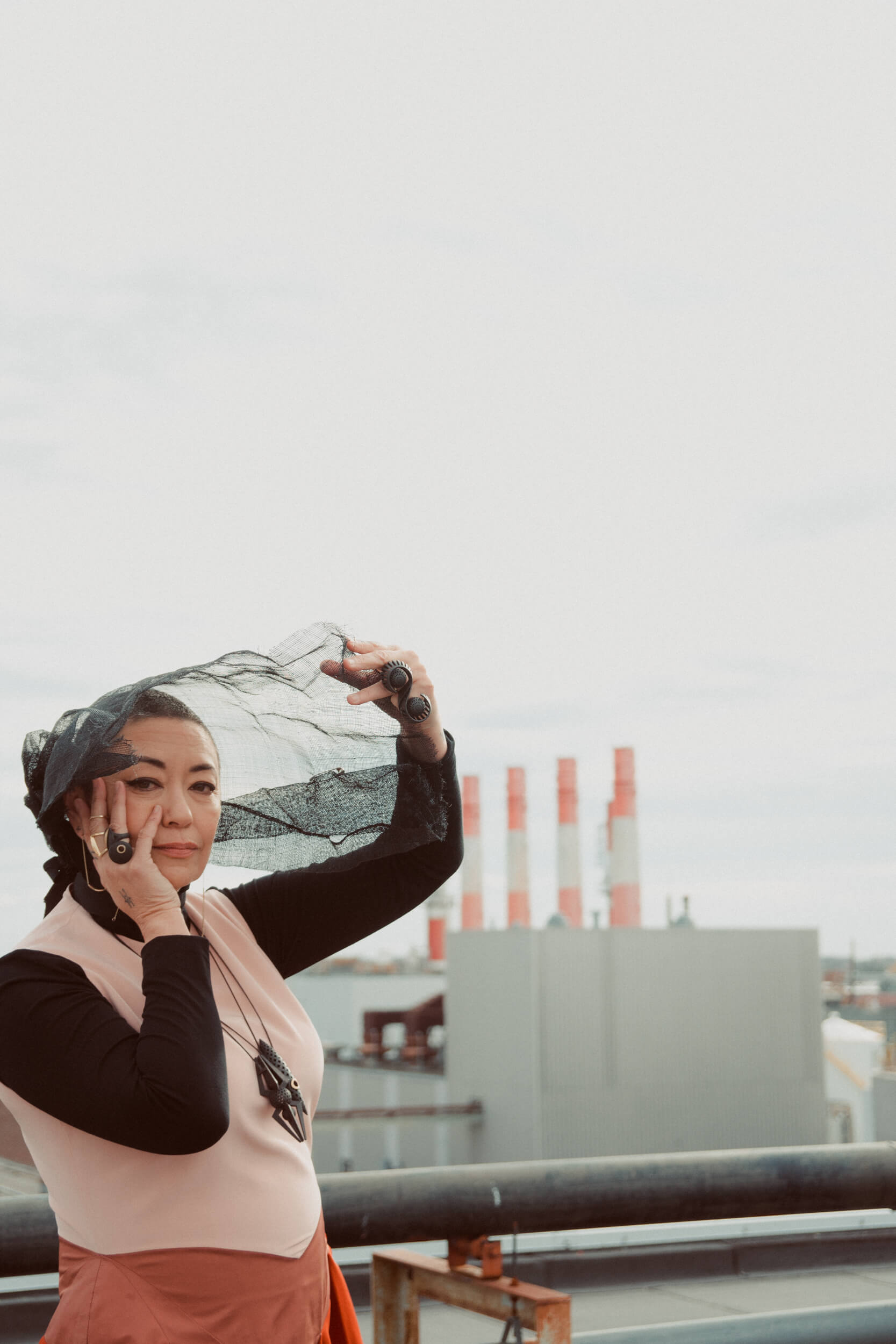
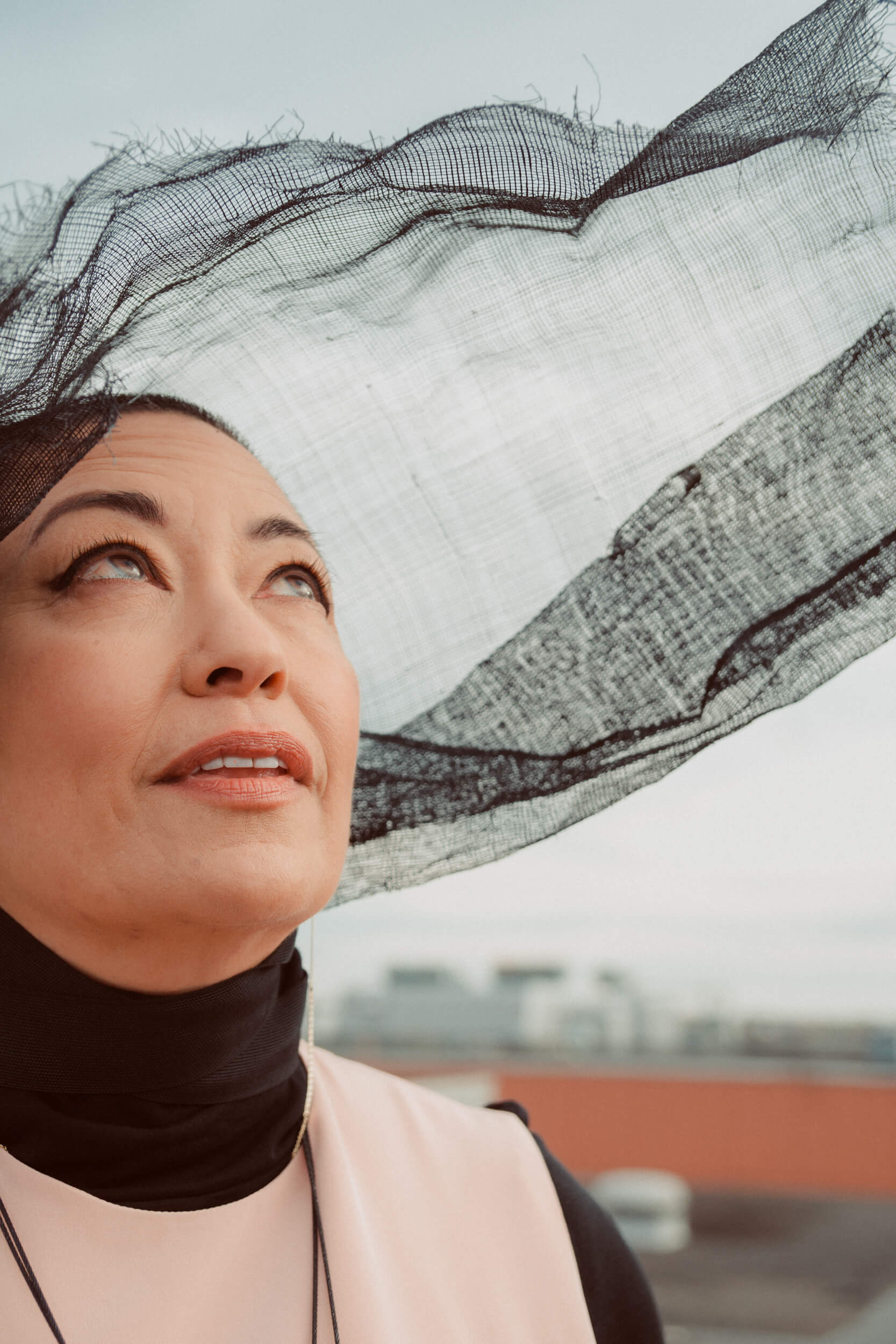
“The thing that has never changed is that excitement or that connection to the inner child, and that’s very Japanese, very Okinawan, and it makes the work very pure because all you want to do is create something that gives you joy, you know that you’re going to do your best work.”
“So that’s the first initial, how can I connect to this purity that’s been there since the very beginning? That has not changed.”
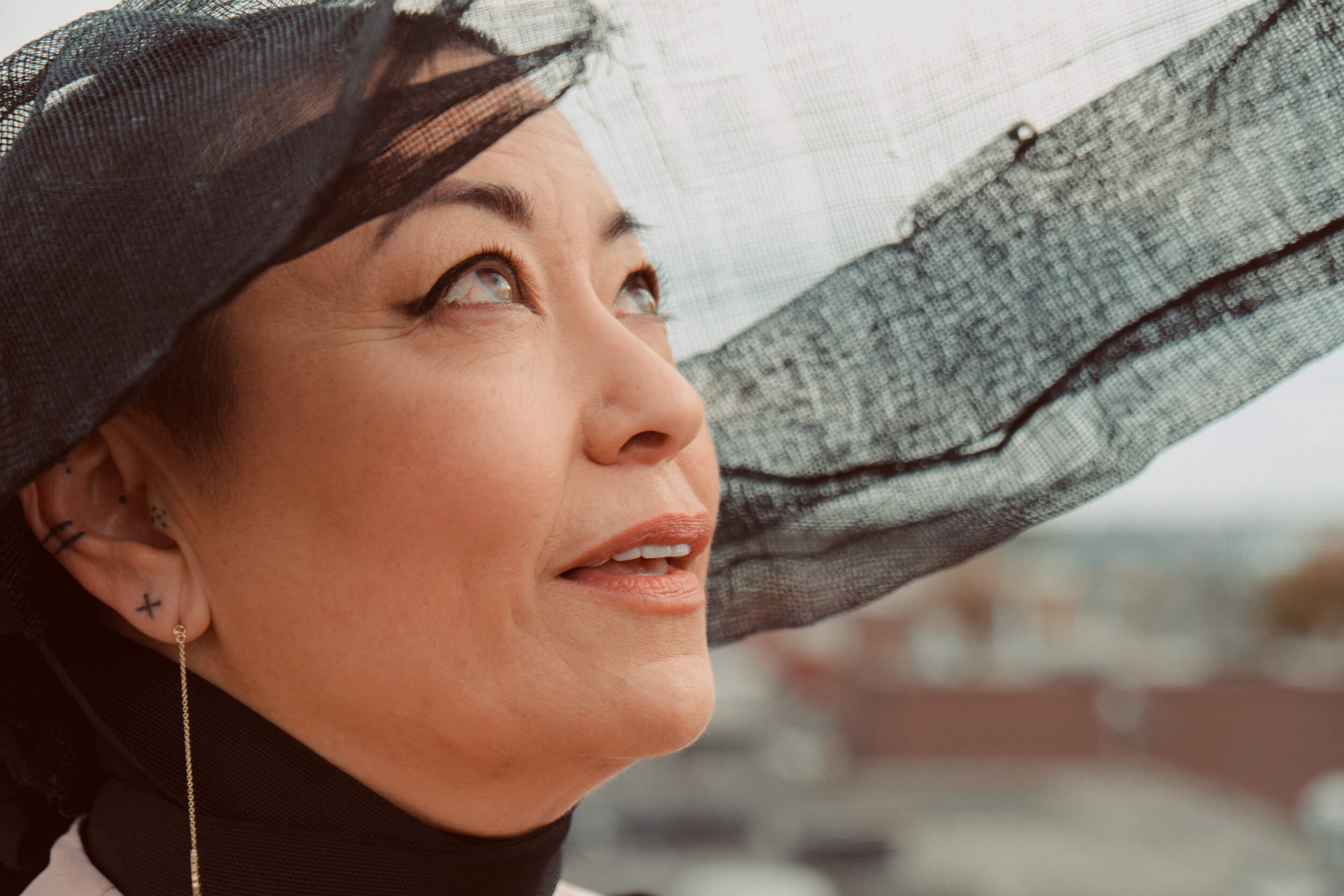
“The Handmaid’s Tale” was really hard, a heavy-duty, and so I took 9 months to start making my own documentary and I took time to go back to Kentucky and see what that’s about and then I applied for an artist residency in Japan because I haven’t been there since 1991.
Long story short, my father has just recently passed away, he was very ill, but what’s interesting is I had all this footage of him and my mom; I’m doing the story on my mom, but I have all of these interviews from 2018, where I went to Kentucky and recorded them, filmed them as well. It’s kind of amazing I had to watch them as a stranger and get their stories, so that’s what I did, I said, “let me reboot.” I tried to paint, as well, but that didn’t go so well. But just to be in life and not always live fiction, I think that’s really important. Life is harder than what I do, and so to live in fiction is an escape, it’s play for adults, really.
I gave myself that time to cleanse my palette from “The Handmaid’s Tale” and then I was ready for this, because of the people involved, because the story was so good, and because they respected women. The producer is an amazing Korean woman who is the president of her company and she’s part of the reason because I told her I wasn’t going to take any job unless I was paid the same as the men in positions that are close to mine and also that they would respect costumes as well as. When you do something like “The Handmaid’s Tale” everything is so free because only one person can create that world, no one knows how to create Gilead in clothing but the designer, no one would say, “No, you have to change that,” they don’t know, right?
Coming here to this job, and this will help me answer one part of your question, this job was, “I won’t come unless costume design is really important to your process and unless you think it can build something to the whole story.” That has changed after 30 years, for sure, I’m shocked when people say, “I’m a fan,” a fan of what? I’m embarrassed, all I’ve done is just work, I’m happy maybe that I have fans, I don’t know, but I’m happier to know that the work has spoken to people, so that’s different, that’s lucky, to be older and understand that before I’m dead as an artist I get to see that people have been affected by my art.
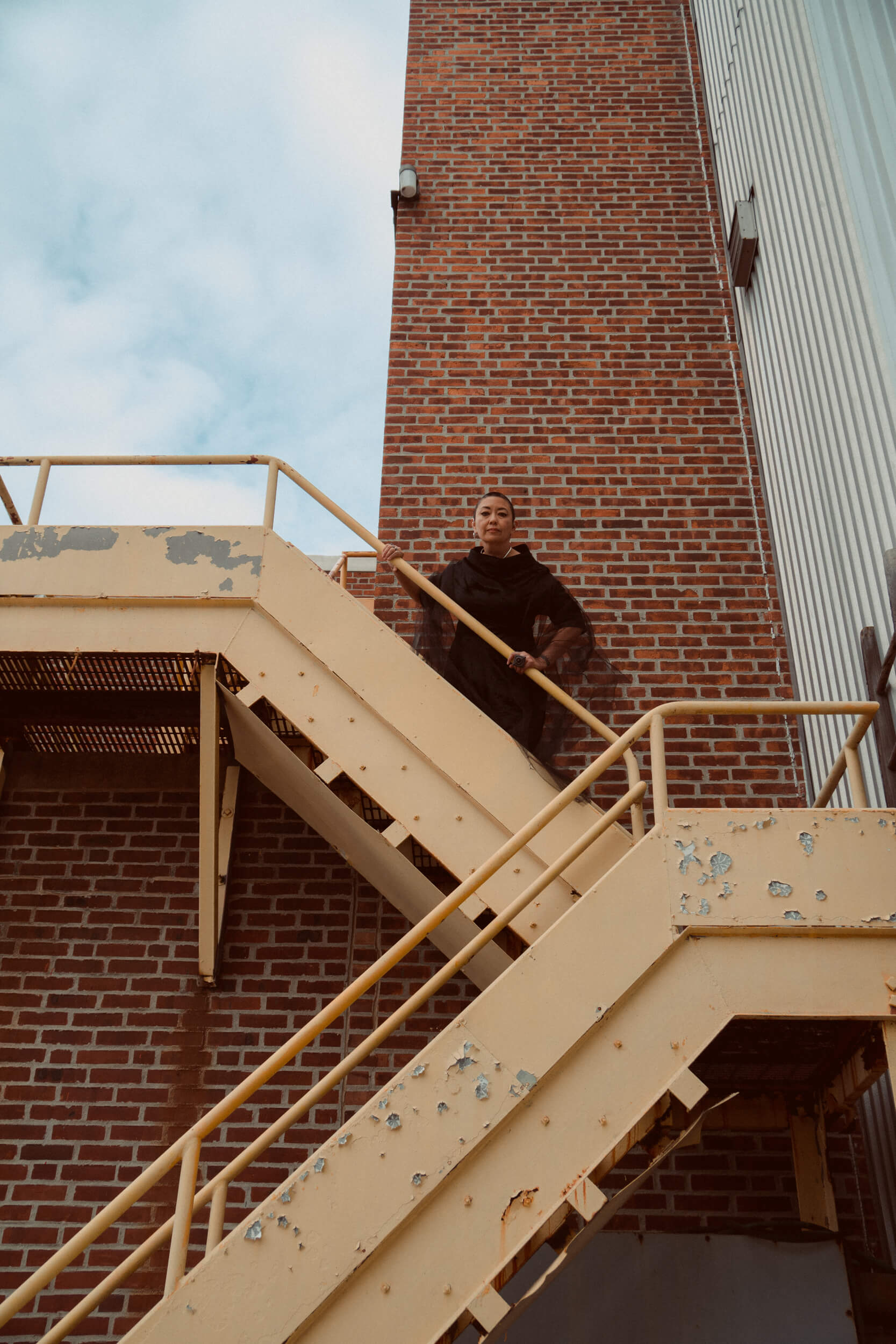
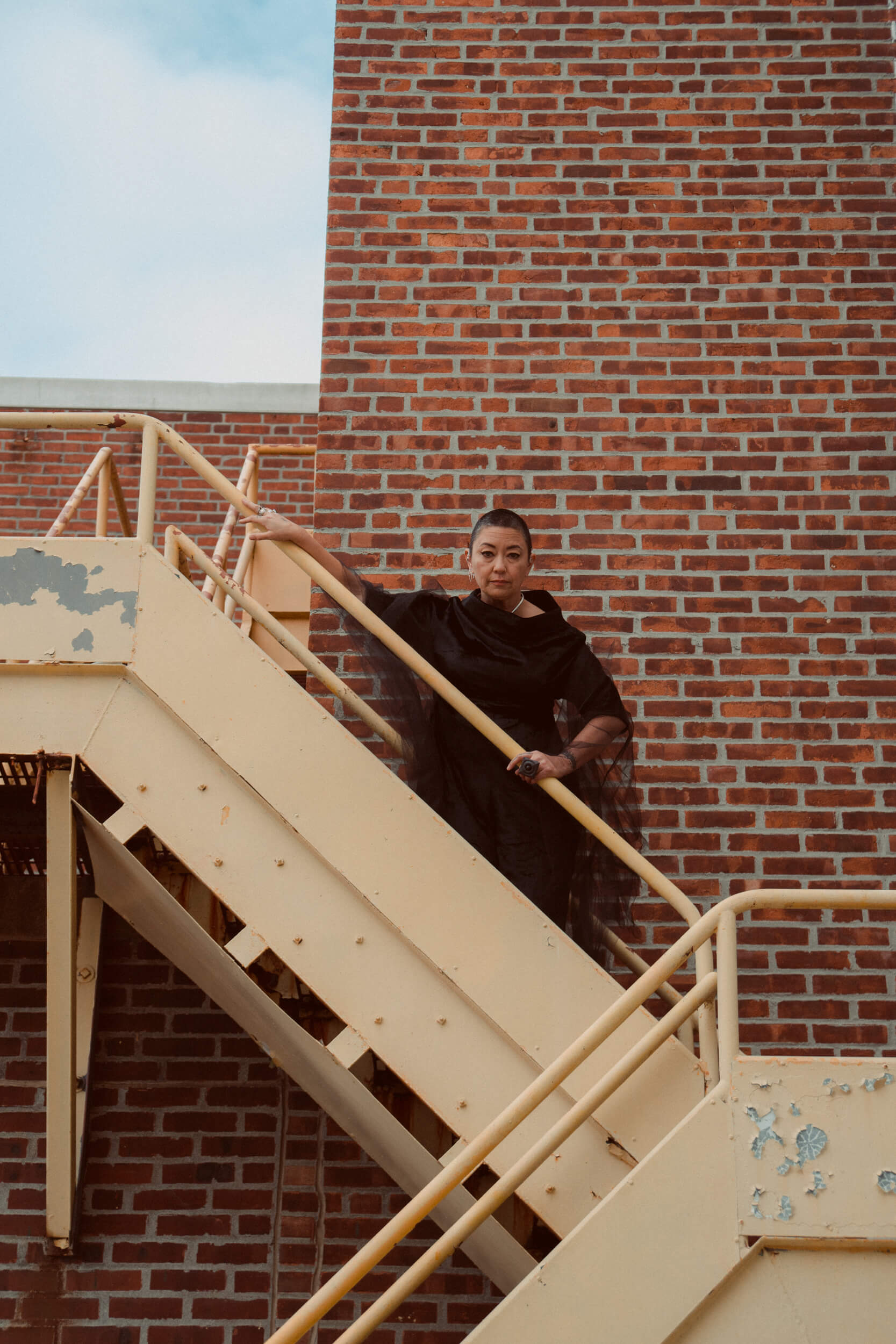
Speaking about women, speaking about changes, what changes would you love to see happen?
I recently went to Tribeca Film Center for an event sponsored also by Chanel called “Through Her Lens” where they choose five women directors and their five producers to highlight their work and it’s a phenomenal thing because there were all these women in one room from various facets of the work. What was so funny, and also poignant, is to have big heavies, like Jane Rosenthal and Paula Weinstein, who head Tribeca with Robert De Niro, he has a lot of women working there, which is ahead of the game, but they were saying, “Think back to the times before now, when there were so much more women in the business, writers, editors, and now you can find 10 directors who are women, you can find three who are working” and so that difference is very odd: I think that for sure now, in the US and in Canada, many TV shows are trying to find the women, sometimes women of color, to come in and direct, and sometimes they can’t actually find someone, because there’s so much content now that those other people are off and running and people have said to me, “You need to direct, you need to get your shit together and apply,” because now’s the time, there’s a window and I hope that it stays, that it’s not just a fad, that it’s not just a thing
I would like to see a world where it’s not even a question, it’s not even a topic, because sometimes when I’m talking with my male friends, they’re so over it, and people have only been talking for like a year so, about women directing and the guys are like, “Uh, she got the job ‘cause she’s a woman.” Nobody wants that, nobody actually even wants the job that way, they want it because they’re talented and they have a point of view and I think women do have a different point of view. I don’t want to be sexist, but I think of a lot of women directors or actors were the kind of thing that inspired me growing up; I thought, “How could I do that?” And you look at the old Hollywood films, those are dames, those are strong women, Joan Crawford, Betty Davis, Barbara Stanwyck, Katherine Hepburn, they weren’t trying to just be sexy. That’s the problem, that’s awesome that women embrace their sexuality and to be around women and not feel like, “Oh, I have to be skinny,” but that’s so archaic also, sure, do that, but what are you thinking about, what are you creating in your life and, furthermore, what are you doing for the people that are coming up? What other young women are you helping? Are you having these conversations? Are you just worried about your shape and getting a bigger butt? There’s more to life! It’s cool, you do that, you get your bigger butt, but then what? What when your 55 like me? It’s not going to be the answer anymore.
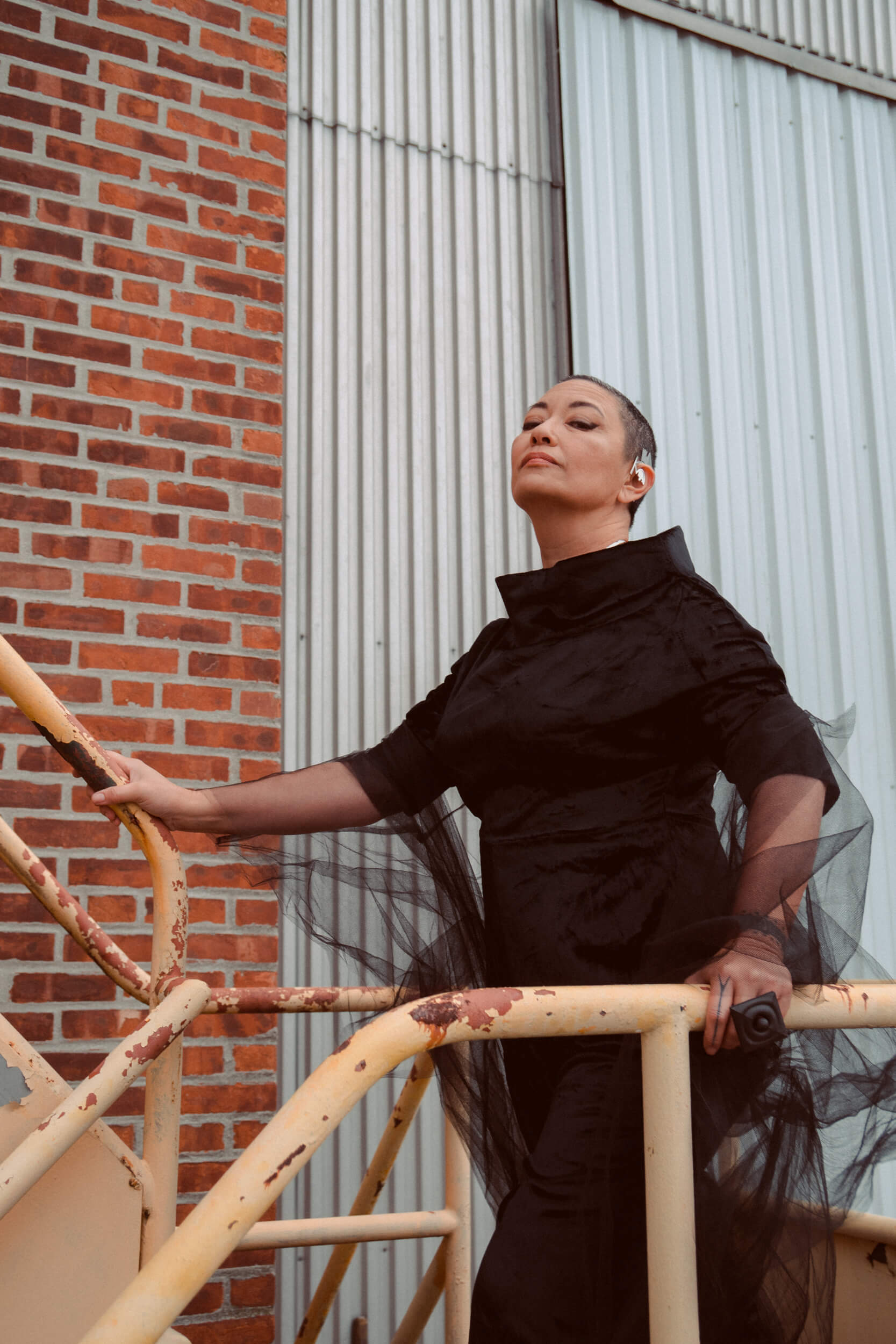
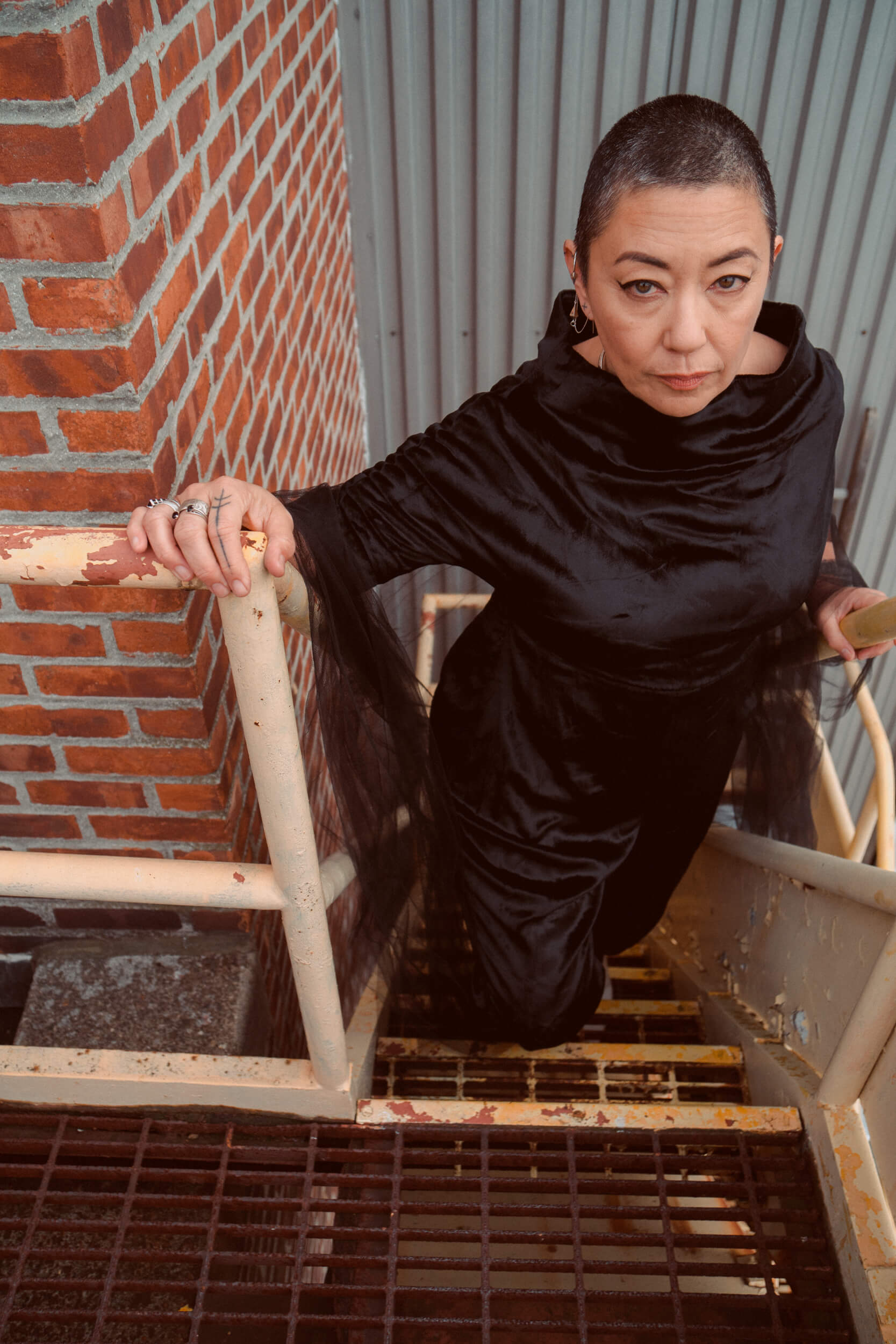
“Nobody wants that, nobody actually even wants the job that way, they want it because they’re talented and they have a point of view and I think women do have a different point of view.”
“What are you creating in your life and, furthermore, what are you doing for the people that are coming up?”
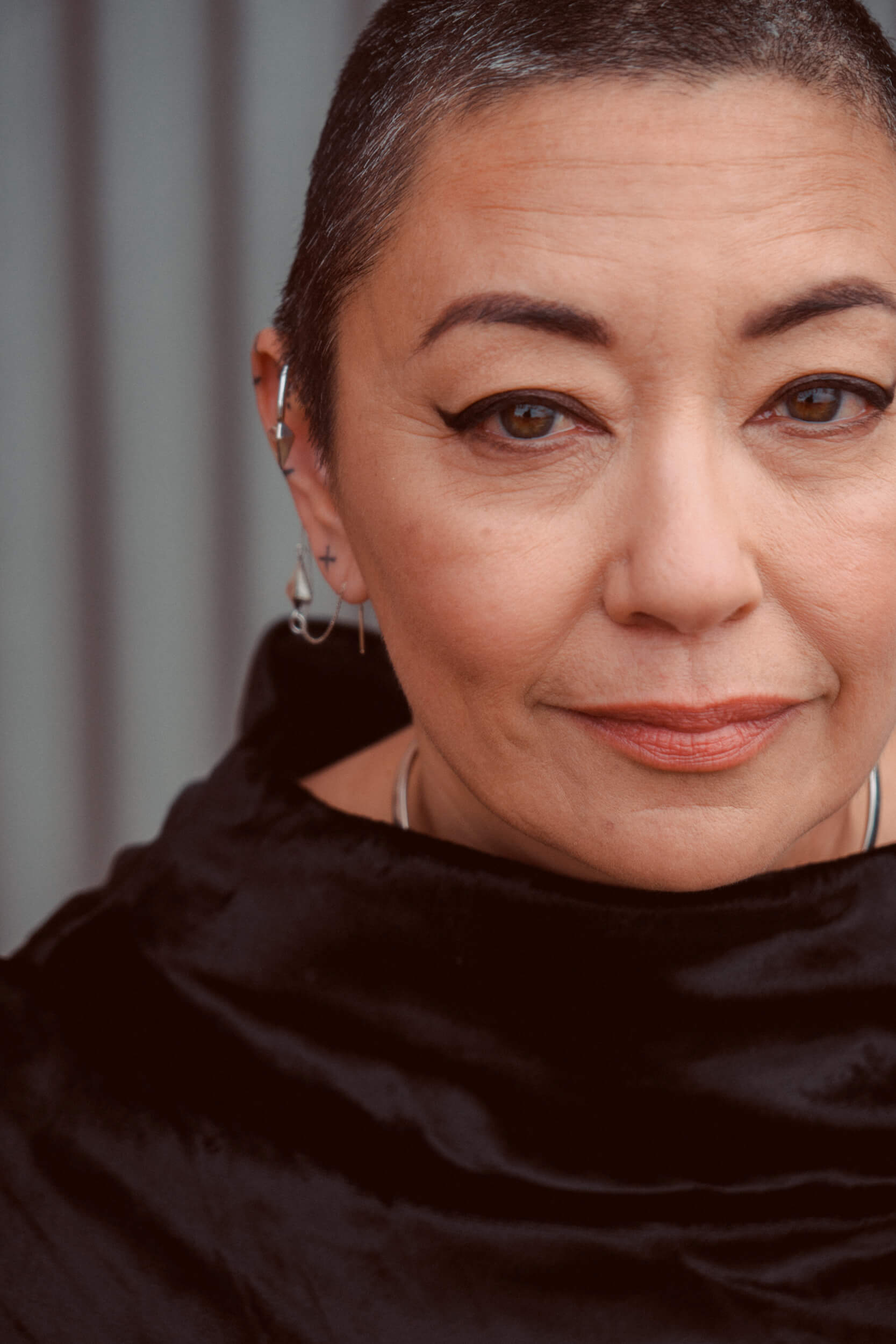
I’ve made a sea change in “The Handmaid’s Tale,” I’ve always known that costume design tells a big story because it fills the same frame as the actors and the cinematography and the production design, it fills the same damn frame, how could it not be important? We get paid a lot less, we get a lot less protection with over-time and things like that, why? Because we allow it; because it’s a kind of female-dominated field.
I just decided on “The Handmaid’s Tale,” because I knew the story so well and I had to create the world. I’m so crazy that overnight I created a Latin language vocabulary for each piece because I wanted the writers to write it, so that when we’re on set, and the AD is saying, “Bring the hat,” it’s not a hat, it’s wings, that’s what they’re called in the script, I wanted everyone to have the same language so that we wouldn’t get confused. Everything was always to solve a problem, but when I realized that the ADs, the makeup department and even the writers sometimes were coming to me and my team, how does that hold up? The costume is really important, so you’re going to have to start fucking paying us and giving us the props for that because we are the same, and that’s my dialogue now. Could I say that at 21? Probably no, but I think if we don’t say it, if we don’t say what it is we want or who we are, especially, truly, and not be afraid to be that or to be in the power of our biggest power, no one’s interested. We have to do it, we have to do the work, and I believe that’s the thing that our mothers don’t teach us, or society, you’re not going to find it out there, you’re going to find people trying to be perfect on Instagram, but it’s a lie; try to go inside and figure out what is your strength and talk about it.
I’ve been ashamed my whole life to say I want to be a director, now I don’t give a shit, I’m going to my residency in Japan, October, November, December 2020 and it’s in Fukuoka because I want to be near to where my mother’s from, Okinawa, it’s one hour flight; I want to include her, I want to be multimedia, directing a short, doing artwork and maybe other things, maybe talking about being multiracial. I think that came of being mad and angry and disrespected one day on set and I was like, “Fuck it, I want to start right now looking for a Japanese residency;” I applied to them, I didn’t think I was going to get approved immediately, so I said to myself, “You’d better say what you mean and you’d better be ready to finish that work because that work is more important than any film you’re hired for, or TV show.”
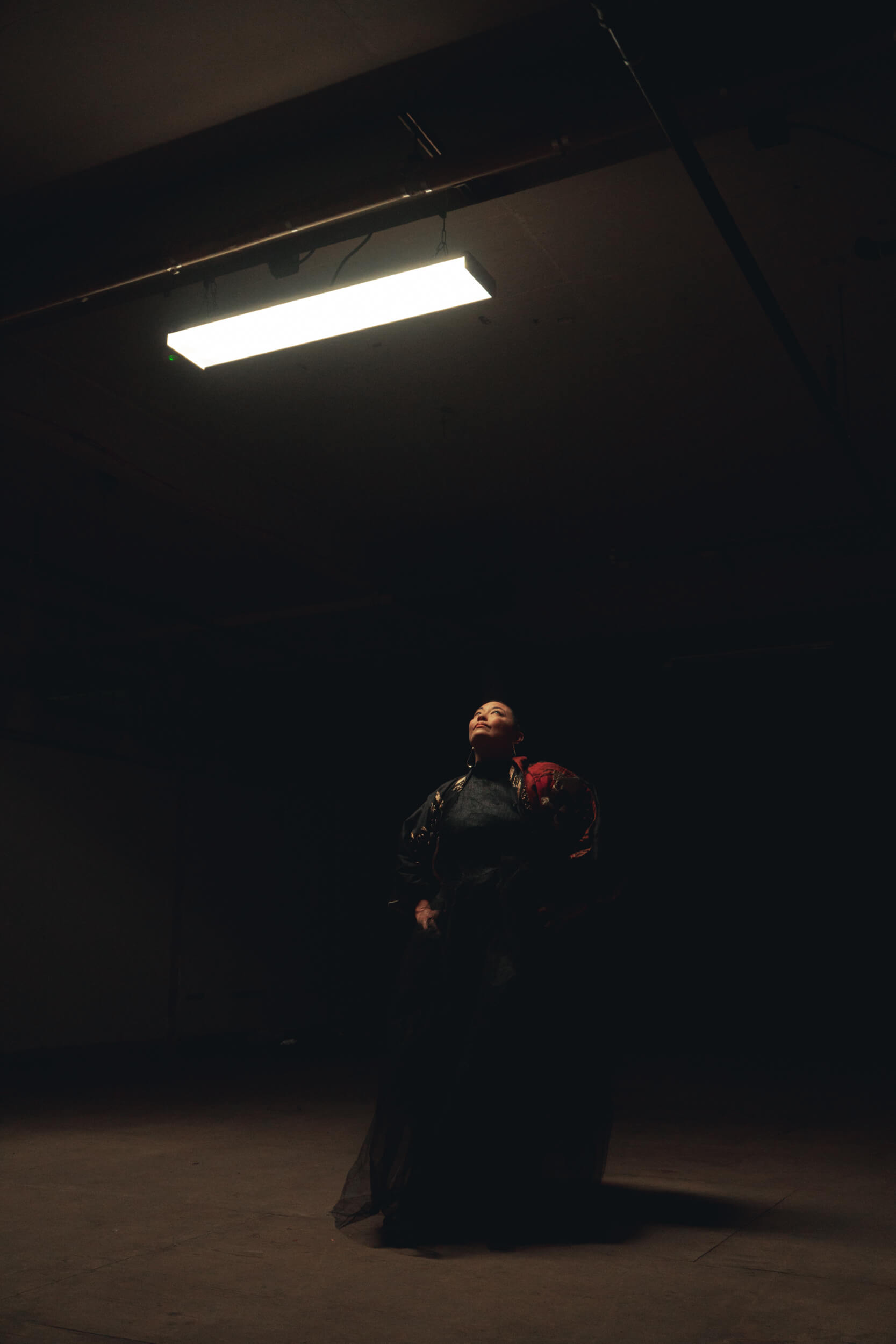
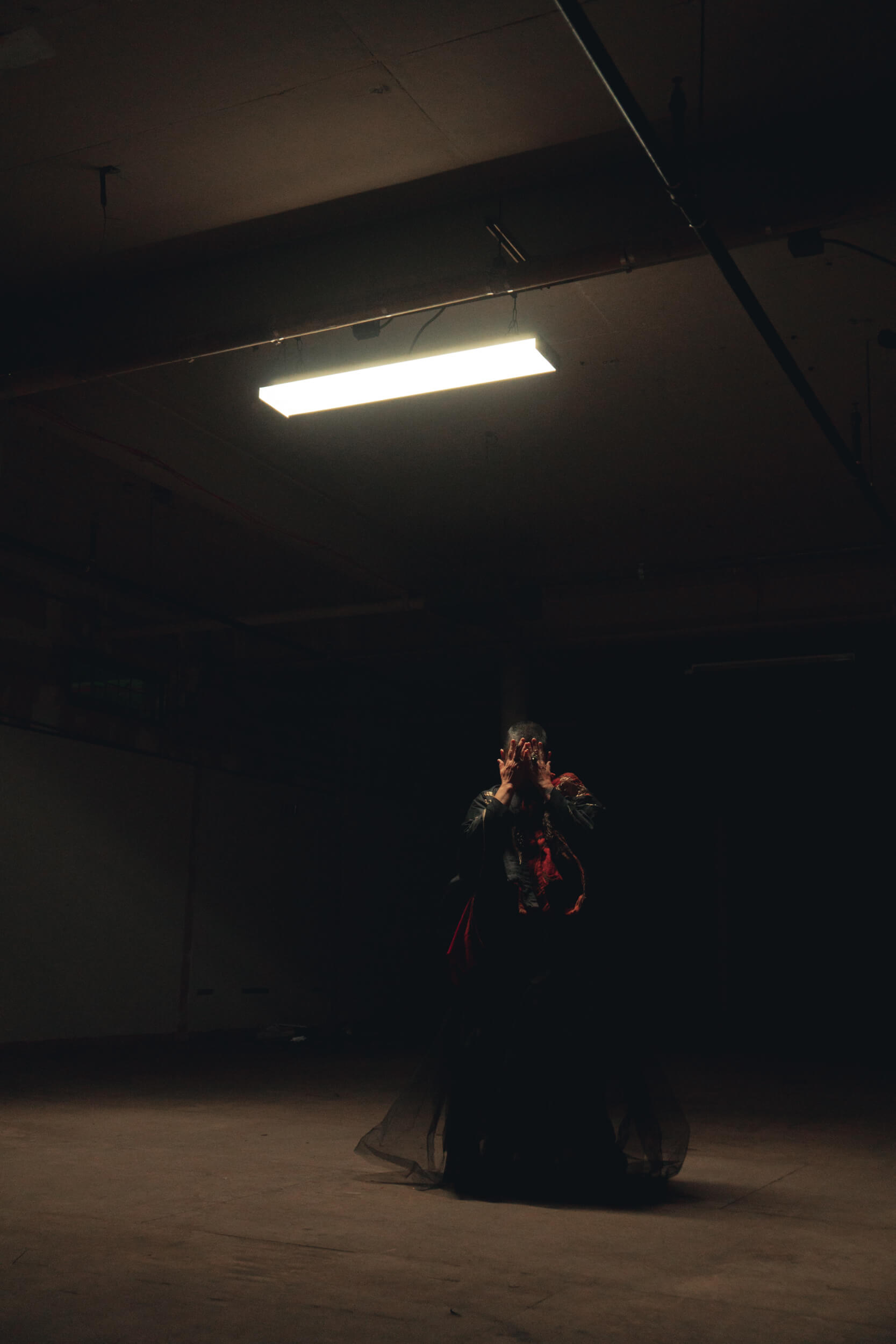
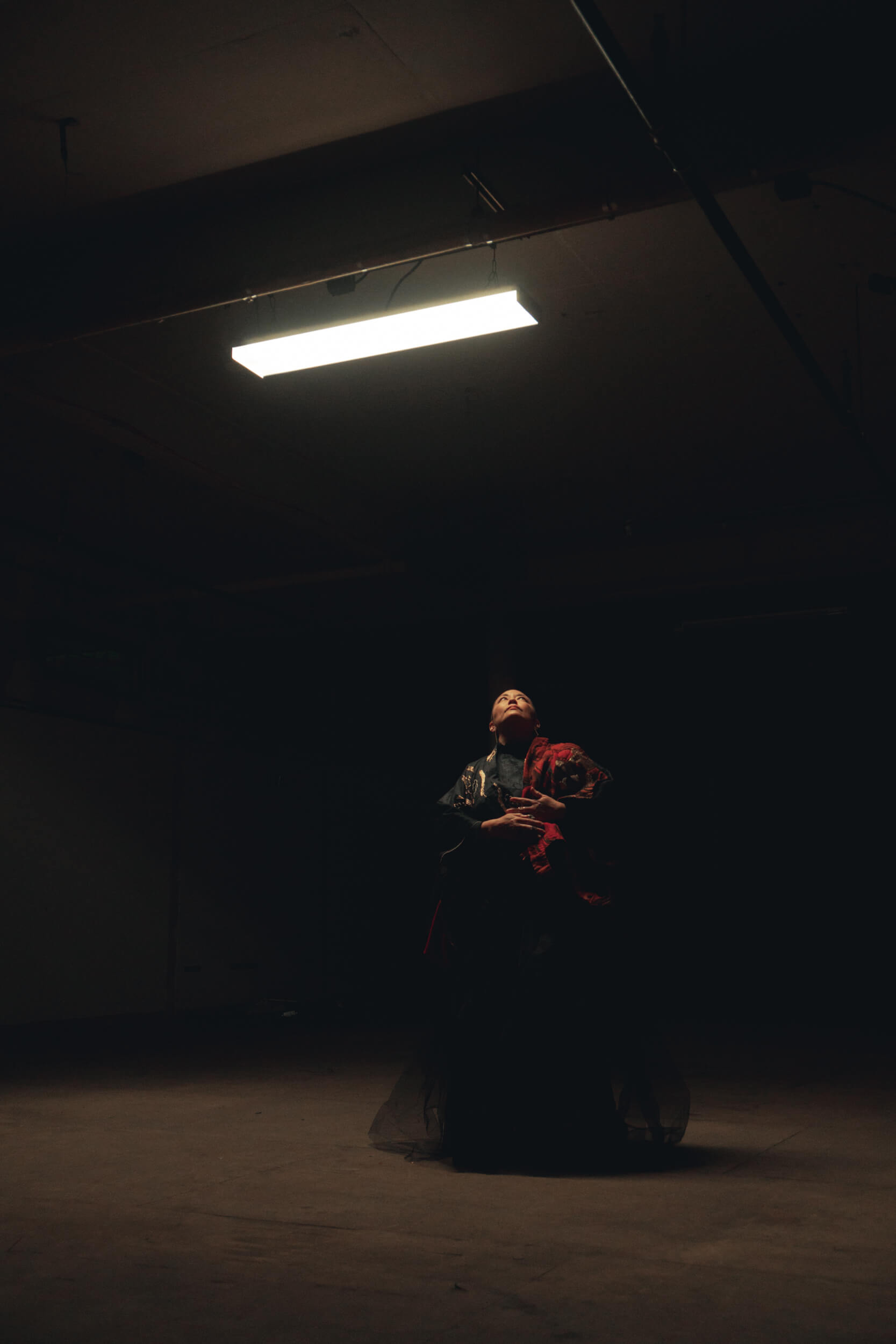
I love youth and I love modernity and I love futurism, but the thing that seems to be kind of a tiny missing link that I would wish we could work on is humanity and integrity, the humanness of yourself, and the honesty to be that. I think if we could just put that in the future and the modern world, we’re golden.
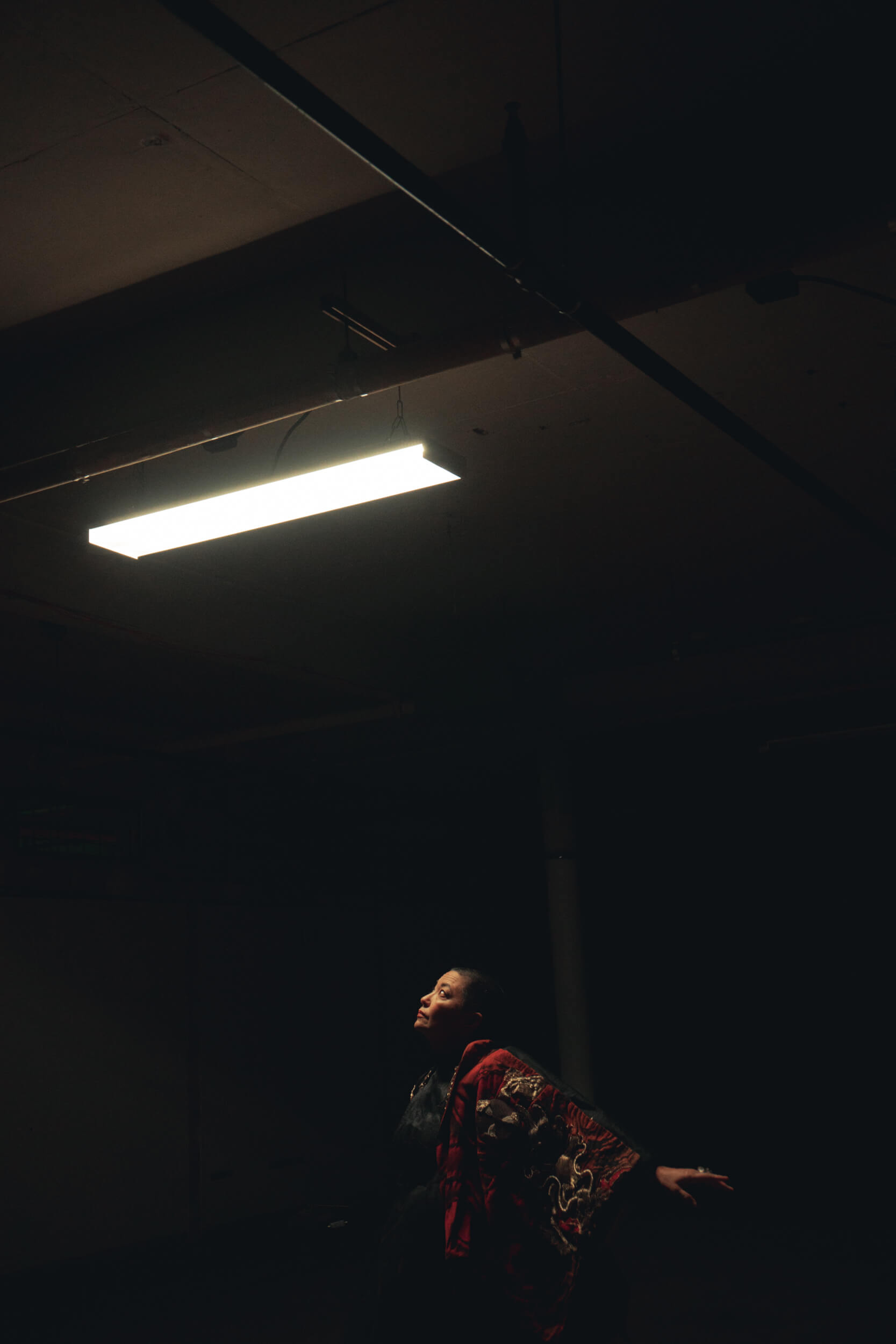
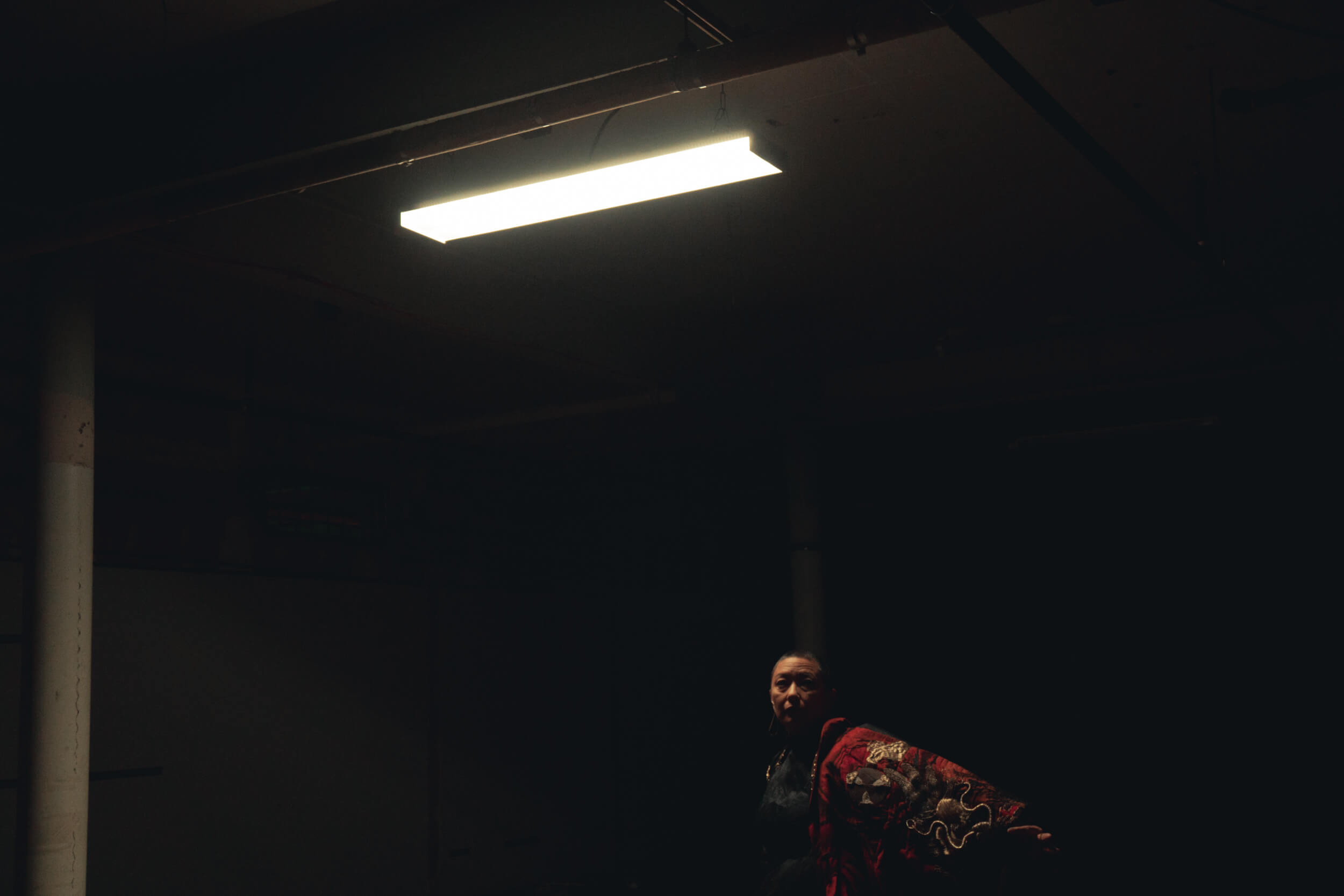
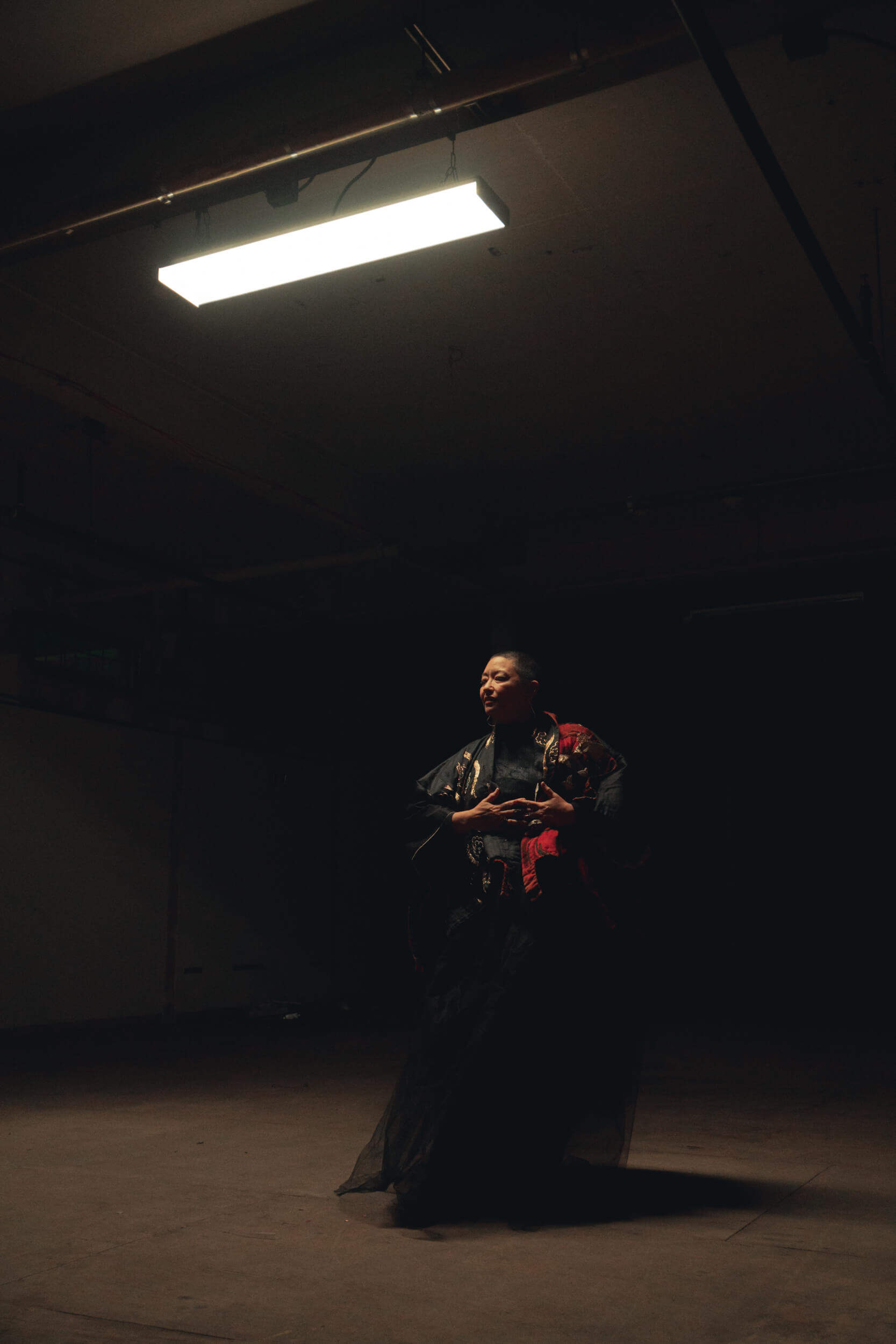
Some quick curiosities about “The Handmaid’s Tale,” about the design process and the use of colors, since you talked about creating a vocabulary, I believe that’s involved as well, to define characters, statements.
That was really interesting, “The Handmaid’s Tale” is a novel written 30 years ago, and I was a big fan and it is actually listed, the colors for each tribal group. The only thing that I changed was using the everyday grey for the people who are the workers, the industrial people. In the book it’s striped and I thought, if you’re looking at the whole landscape and you just see blocks of color in a very very grey world like this, for Gilead, you don’t want to see a pattern, you don’t want to see stripes; also we knew that we were going to have to interject different stories between the past and the present, the past is only three years ago, sometimes one year ago in the story and the present is just three to five years in the future when everything changed, so I decided no stripes, patterns, different colors and color mixing would be from the past, and then just these swats of one color for Gilead. So that was by design through Margaret Atwood, but also, I was so frozen and afraid to start, because I love the book and the film so much and finally I had put all of these images all over my wall.
I probably started with red since we were working in an old glass factory in Toronto –that was really haunted by the way– and I was in a really beautiful industrial room that had this “Caution” red color and I couldn’t think of the red. I was working with the director and the production designer to find it and I kept showing her pictures of these old pipes, or the firebox that you break, and she was like, “Why do you keep showing me this stuff?” and it was because the red was so perfect and it also felt emotionally perfect, “Caution,” this is going to be horrible for people.
That red was the first, but then, going beyond that, in the book it was all from the perspective of a white nation, but in our society today, there are people like me or a million things, black, Asian, Latina, and so we said, “No, we’re not going to do that, we’re not going to tell that story, because it was written 30 years ago, we’re going to tell this story presently, with millions of kinds of colors, and almost not speak about race, because everybody is all of these things.”
I started worrying about what red is going to go on every color, so we started taking little pantones and putting them up on everybody, because we had a multi-racial cast and then, once that was decided, I realized that the color was something that is the color of women’s menses, it’s just the color of real blood, and that’s why it works on every color, because it’s found in nature, we all share that color. It’s kind of crazy to think about, it doesn’t change. So that was the answer, and then I thought, “I’m going to find the perfect grey, or the perfect green for the Marthas, or the black, that’s easy, or the blue for the military men; it has to be somehow connected to nature, “and you know it will work cinematically on every skin tone, and it was true.
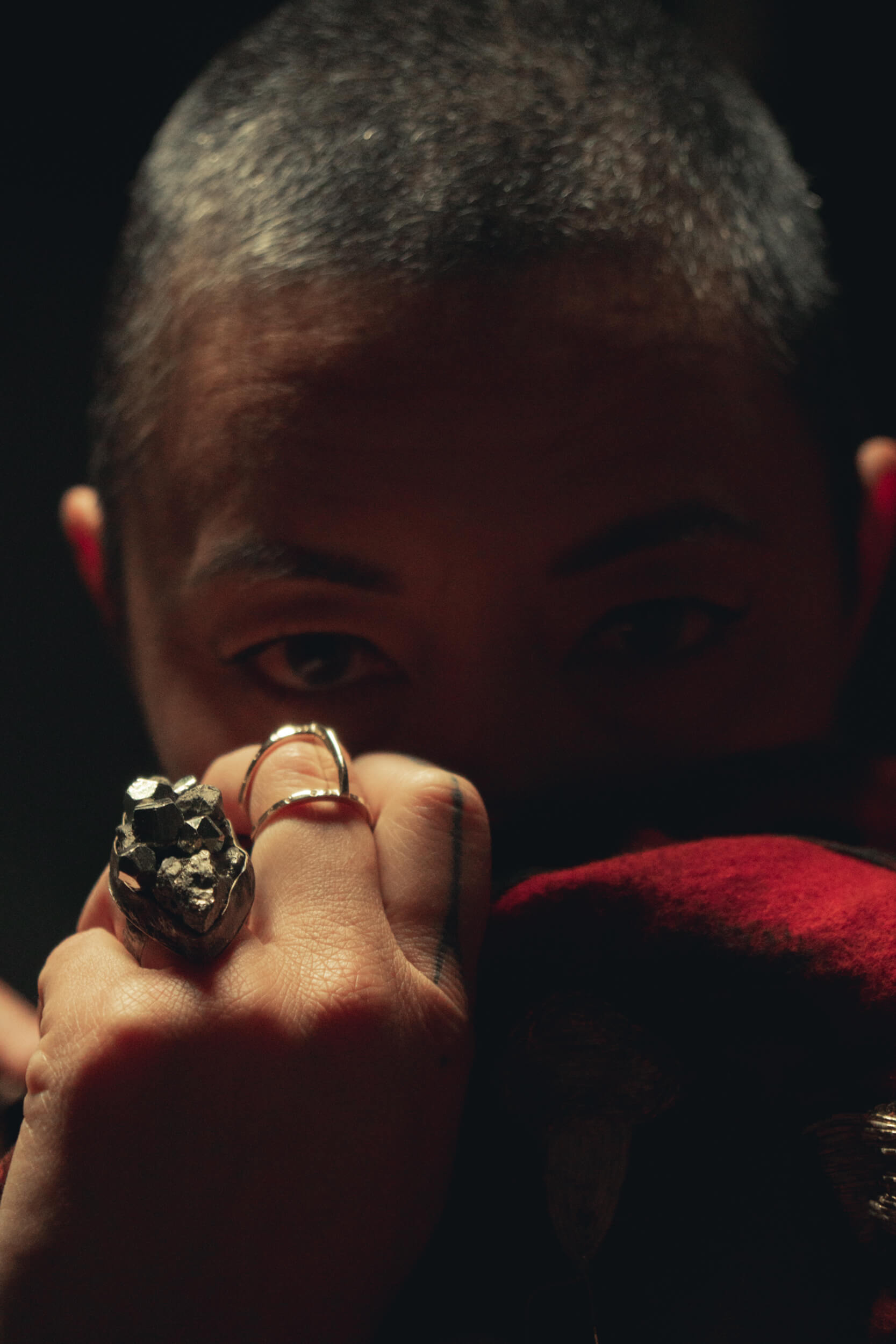
That’s the thing, TV is so fast, you have to come up with the answers, because before you ever get to shoot it you have to sell all those ideas to the studio, so it makes you solve problems really fast and that’s half the job, solving problems. The problem was how do you make all those colors work on every skin tone? Go to nature and you’ll be alright and I did that for two seasons.
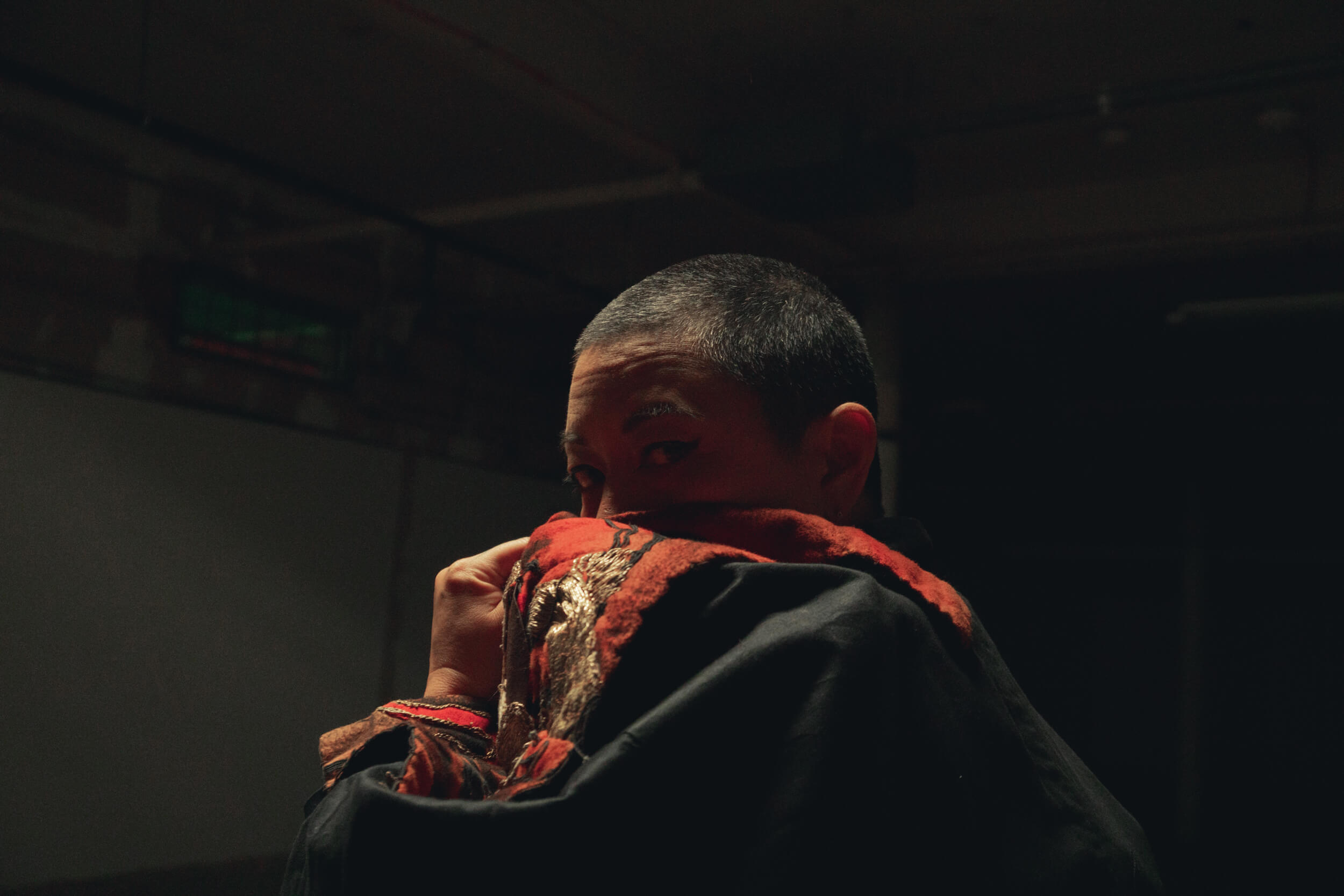
“No, we’re not going to do that, we’re not going to tell that story, because it was written 30 years ago, we’re going to tell this story presently, with millions of kinds of colors, and almost not speak about race, because everybody is all of these things.”
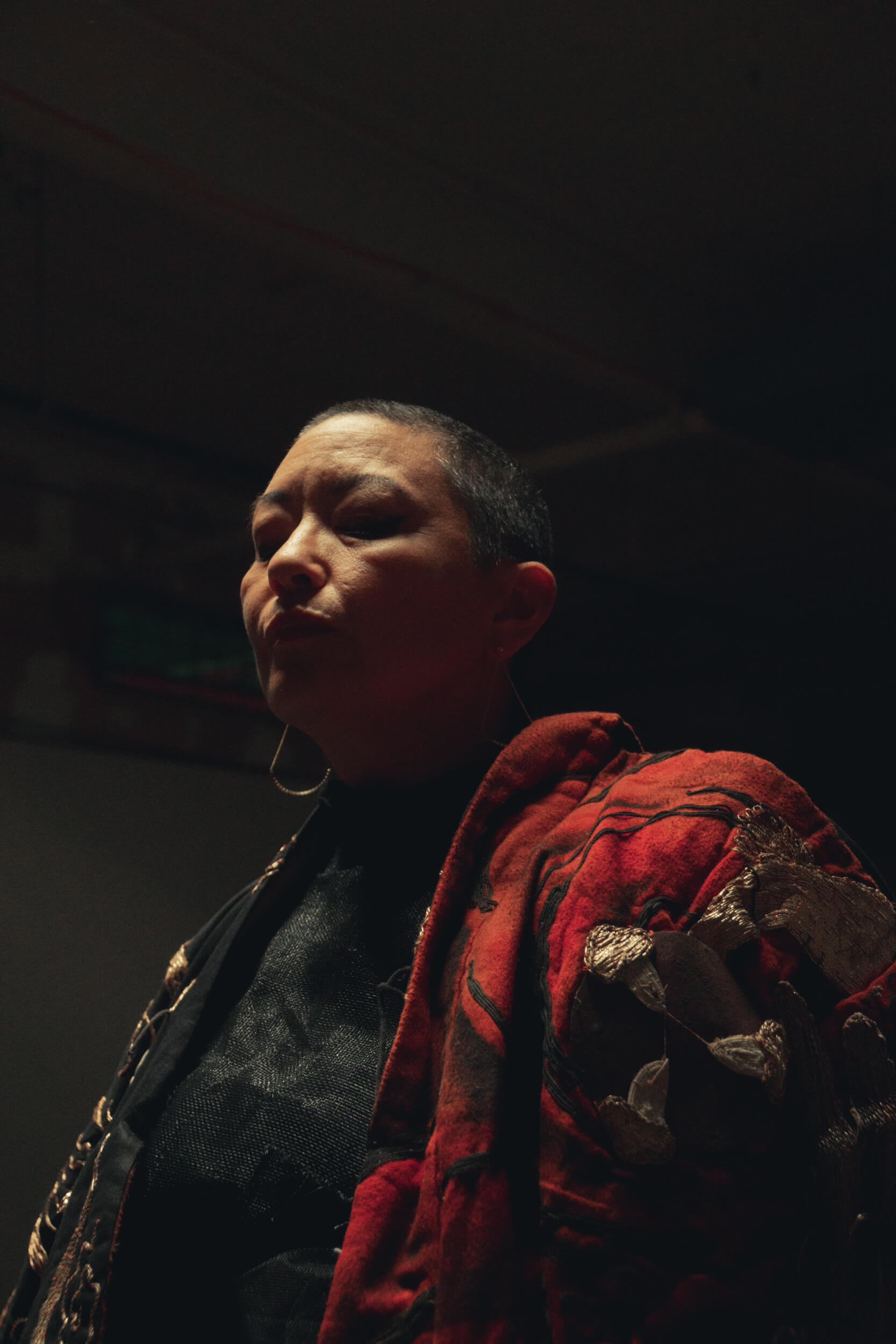
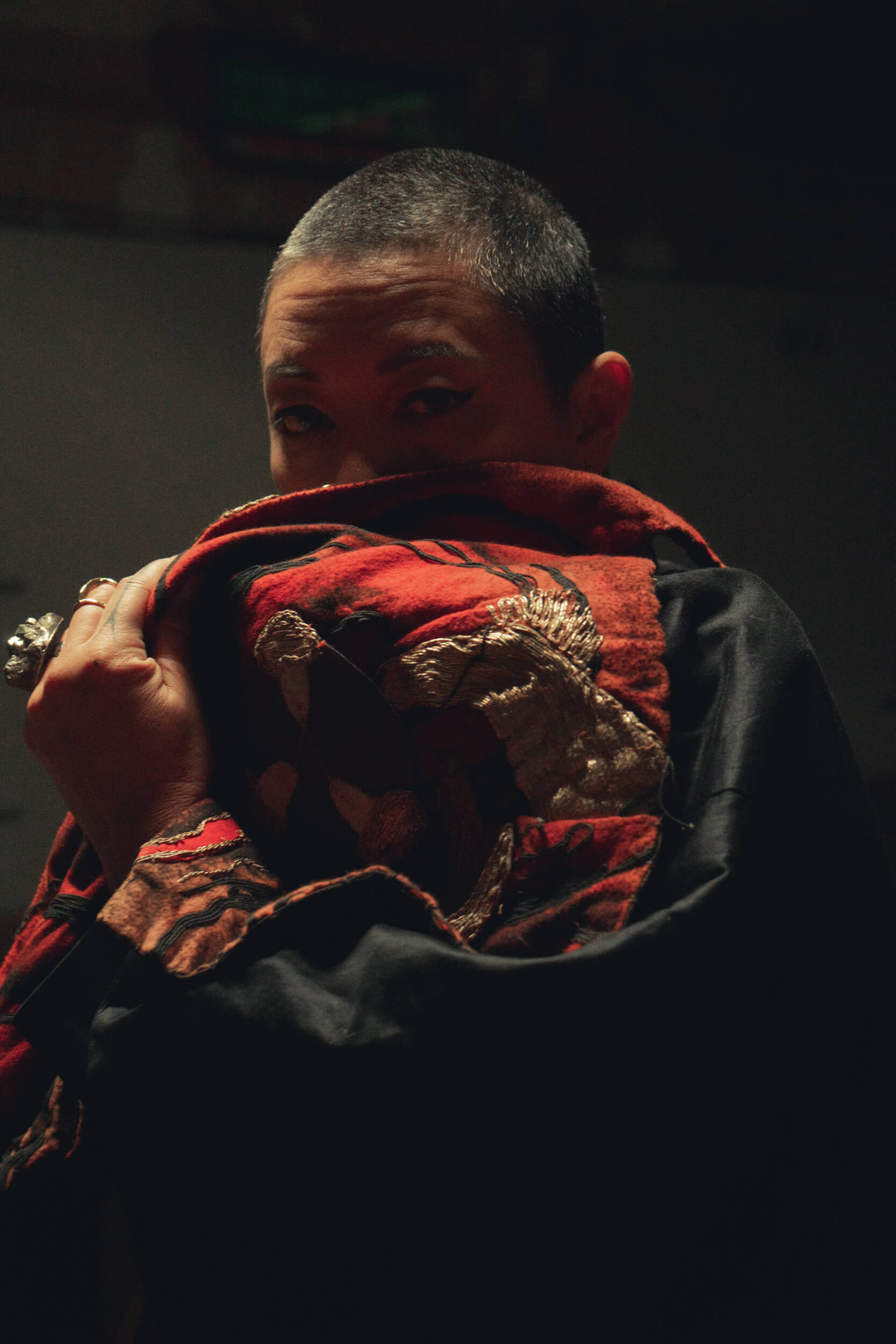
You once said that your work is from the inside out. How does it work, have you ever been influenced by someone, an actor or a role?
Here’s what’s funny, I think, talking about fear again, I’ve become so afraid of being influenced by a film that I love, like everybody always says, “I want to be like Terrence Malik,” I say it all the time, who doesn’t? I wonder if his ears ring every single time someone says his name in the industry. So now we have a joke, we can’t say Terrence Malik anymore, my friends and I, we can’t say either Terrence Malik or Edward Hopper because everyone uses those.
I didn’t know I did this until recently when I had time off, but it’s something I’ve been doing since I was little, first with a normal camera or paints, and now with my phone, so I’m on the road, always alone, or with my dog, and I take pictures of everything, but it’s random, it’s just for me; those are the images that go on the walls, it’s not Edward Hopper, sometimes it’s old Balenciaga, but most times it’s not, mostly it’s the color of straw in a field in Kentucky. What I do is, I plaster all these images everywhere, because that’s how my brain thinks.
Those are the kinds of colors I use on this job, these are all images that I’m using for inspiration, even though they were taken from me. I don’t know if that’s ego, or if it’s beneficial, or both, but I would show a director pictures like that for a costume and they’d either cry because they are like “where is it?”, or if they’re a director or a DP, they’d immediately get it, because that’s how my brain works, because I wasn’t formally trained.
Inside out sometimes means this, which is a really weird thing that happens in nature with two different stones, and to me, this is a hive mind. it’s very Japanese to think this way, but if you’re thinking of five worlds in one show that all rely on each other and I put it in my pocket in very hard days, because if the hive mind is “how to keep all these people in harmony to be at their very best,” I even do that when thinking about the actors in the scenes: from the inside out, what is going to make them feel really safe and not even aware that they’re in a fictitious story?
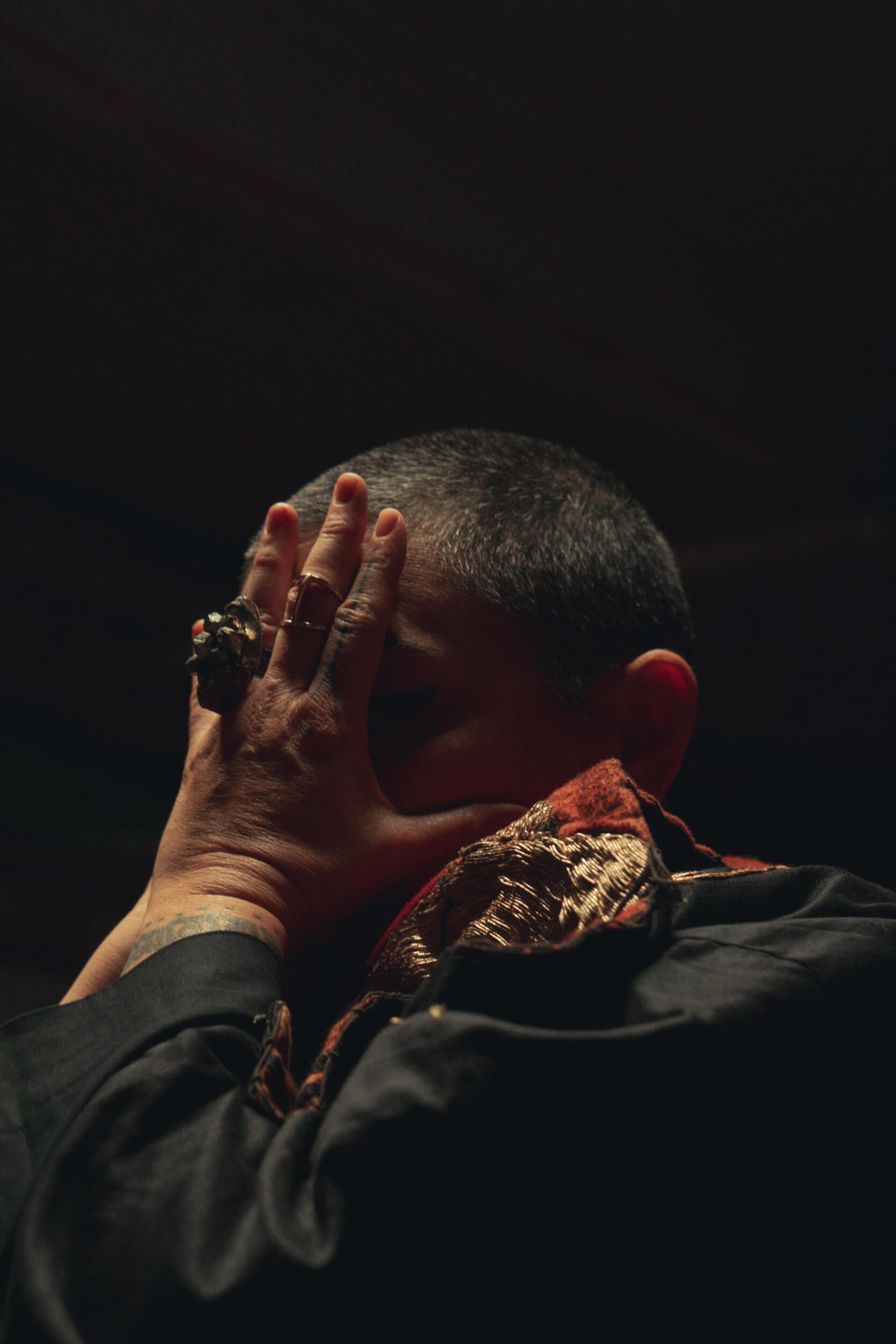
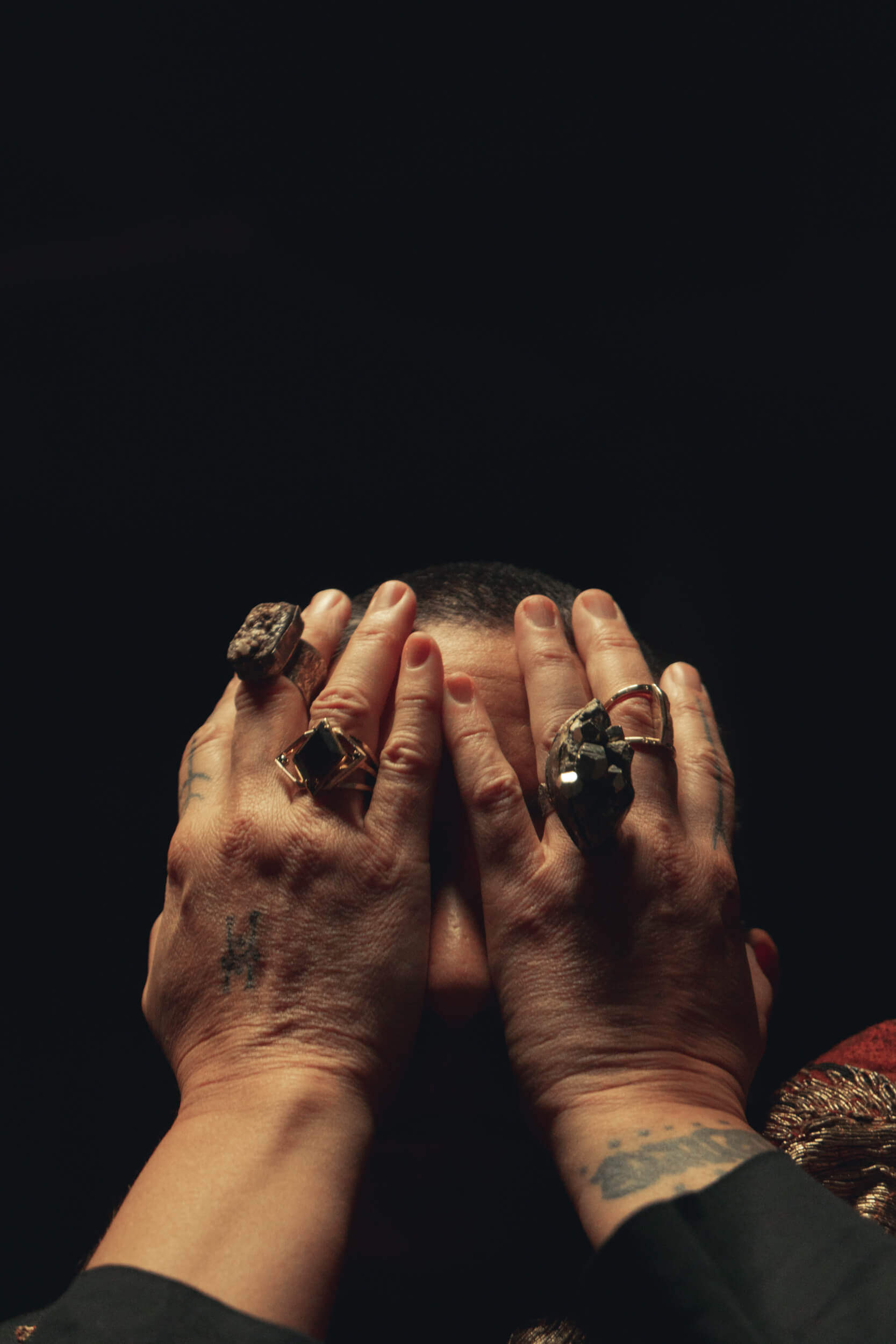
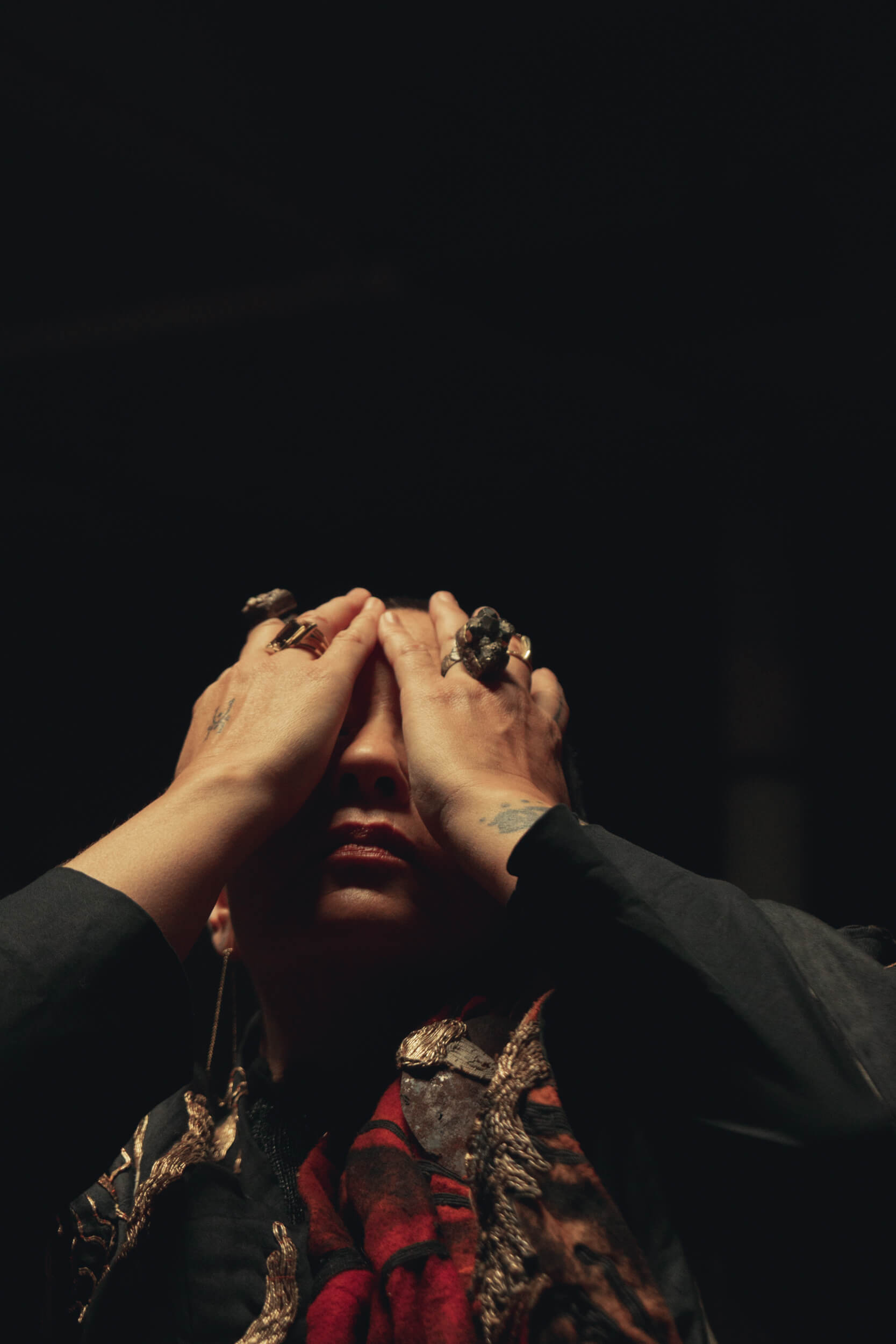
We know you believe in signs: what’s the last one? Do you look for them?
I am a huge believer in signs. I don’t even look for them anymore, but take pause when they come and apply them to my work. One recent sign has been an owl. I rarely see them in my neighborhood in LA. One early am, before I moved to New York, I heard a great horned owl calling outside my bedroom window. (I looked it up to know the right owl, and was haunted by the beautiful sound of its song). The night I returned to Los Angeles recently, the owl returned. Someone who is collaborating with me on an art project is also recently inspired by them, and so we are finding a way to include them in the project. Owl symbology is about seeing what is hidden to most, a life transition or change, the wisdom to see beyond people’s masks. Owls are important to many cultures, but I used to pray to the goddess Athena (just for kicks, as a kid, because she was the goddess of wisdom), and the Lakota medicine men believe that their power comes at night (like the owl)through dream sleep/clear sight.
Just a few days ago, I said to my best friend, “This has been one of the most strange road trips, as I always have hawks with me along the way. This time, I’ve seen hardly any…I wonder if it’s due to the Coronavirus…” And then, suddenly, a hawk swooped down toward my car.
Have you already read “The Testaments” by Margaret Atwood and what’s the book on your nightstand right now?
I am now playing life catch up, and with that, books, on my nightstand: nothing… As I have just moved from New York, and am visiting in ky. But some are a book on dementia (a loved one is going thru the beginning stages), “The Yellow House” by Sarah room, a book on earthing (always want better sleep and to be rooted to the earth), “Year of the Monkey” by Patti Smith, “The Art of War” by Sun Tzu, and a beautiful antique book on dreams (all books given to me by friends).
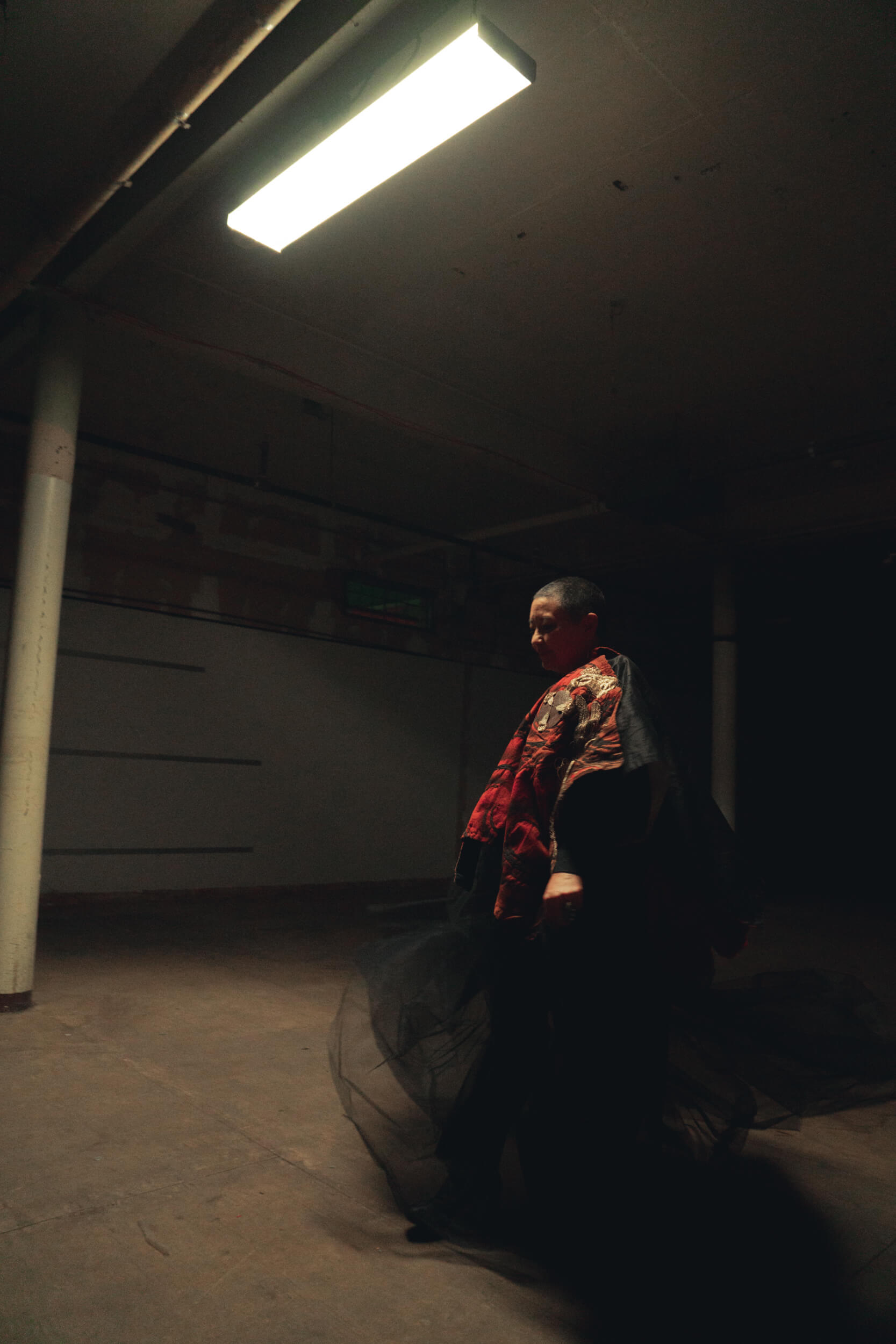
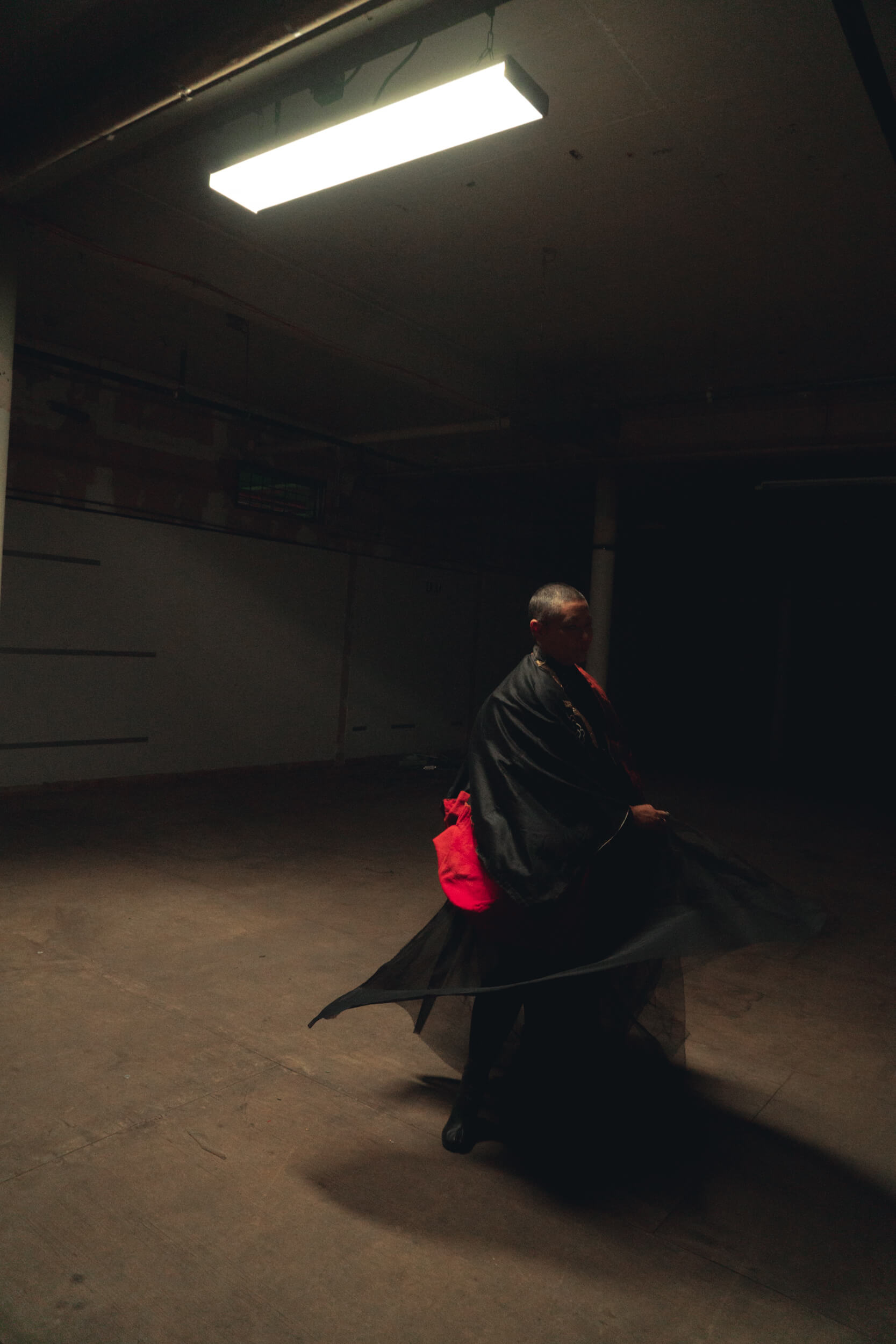
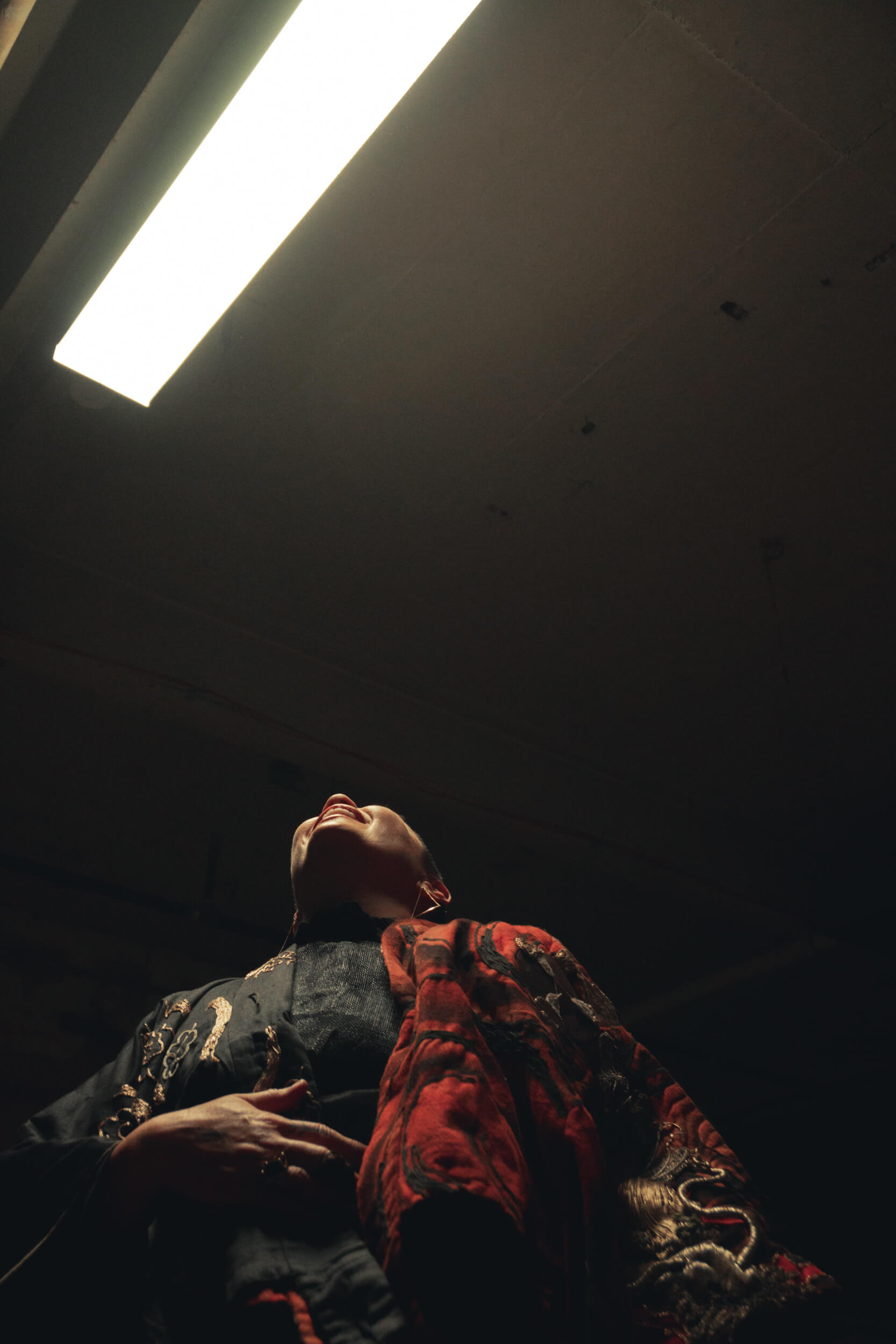
“Owl symbology is about seeing what is hidden to most, a life transition or change, the wisdom to see beyond people’s masks.”
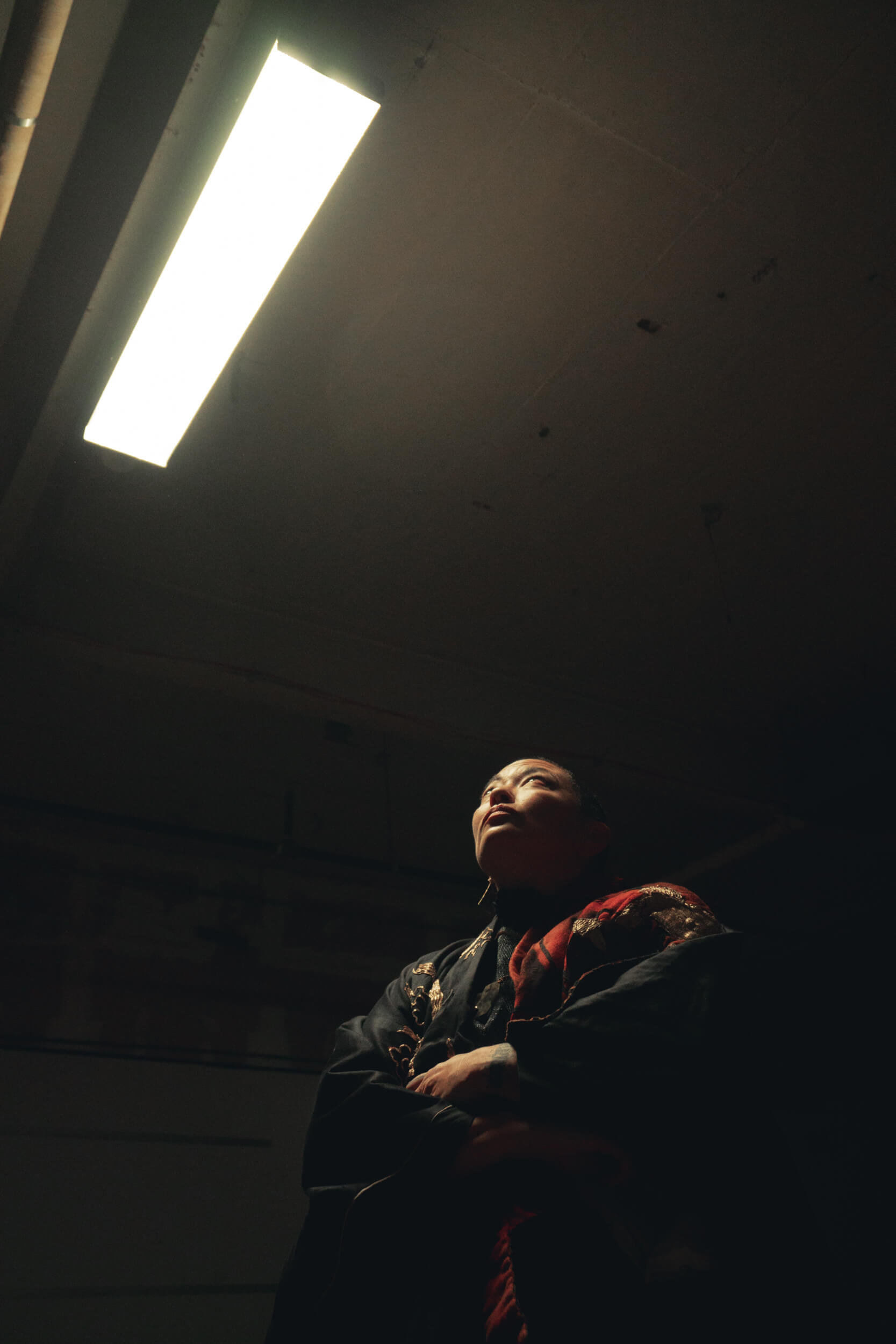
Your favorite series/film look of all time?
“The piano” by Jane Campion, “In the mood for love” by Wong Kar-Wai, “Days of Heaven,” “Tree of Life” by Terrence Malick, “Orlando” by Sally Potter, “The Last Emperor” by Bernardo Bertolucci, “8 ½” by Federico Fellini, “Afterlife” by Hirokazu Koreeda, “Delicatessen” by Jean-Pierre Jeunet. It’s hard to just pick one. You know, a film’s look transports you when you don’t want to come back to the real world after….
What’s the genre you haven’t done you would love to do?
I don’t know really….Maybe one where everyone wears only garbage in really beautiful individual, intellectual ways-like in the world of wabi-sabi.
What’s a must-have on your costume designer’s kit?
Sage, white candles, Aretha Franklin’s Gospel… Are you talking before or during the time I am working with the actors? The must-haves are different for each layer of the process.
Can you tell us something about your upcoming project?
I am working on a secret exhibition for a triennial that includes an exhibition, short film, and book….And I am not only designing costumes for this but coordinating the looks of all of the artists designing looks for the entire exhibition…Not an easy prospect, and a first for me.
A short doc about my mother’s journey, which may also include a series of paintings and/or installation.
Trying to help bring one of my best friend’s series about, as the costume designer, but also as a producer.
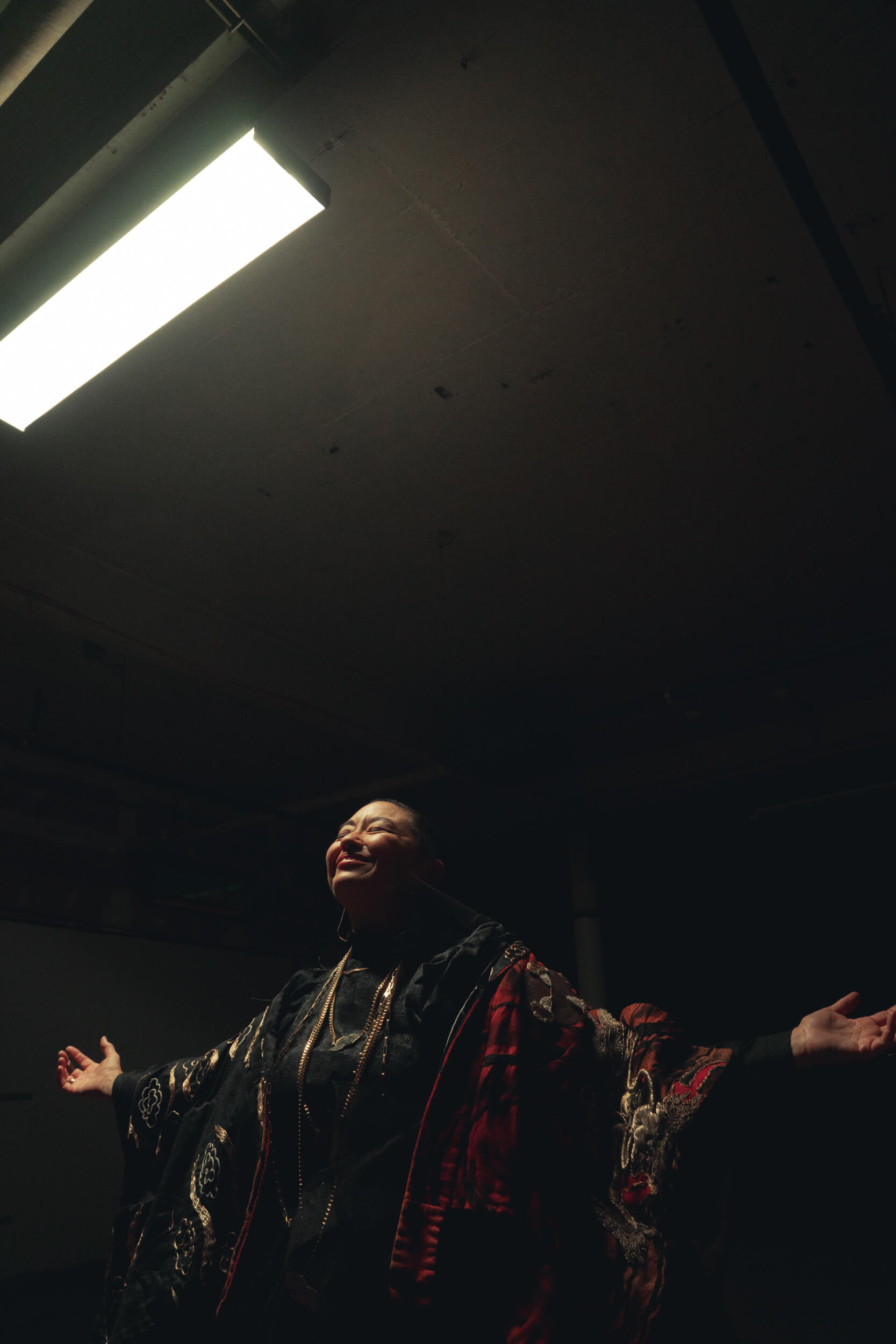
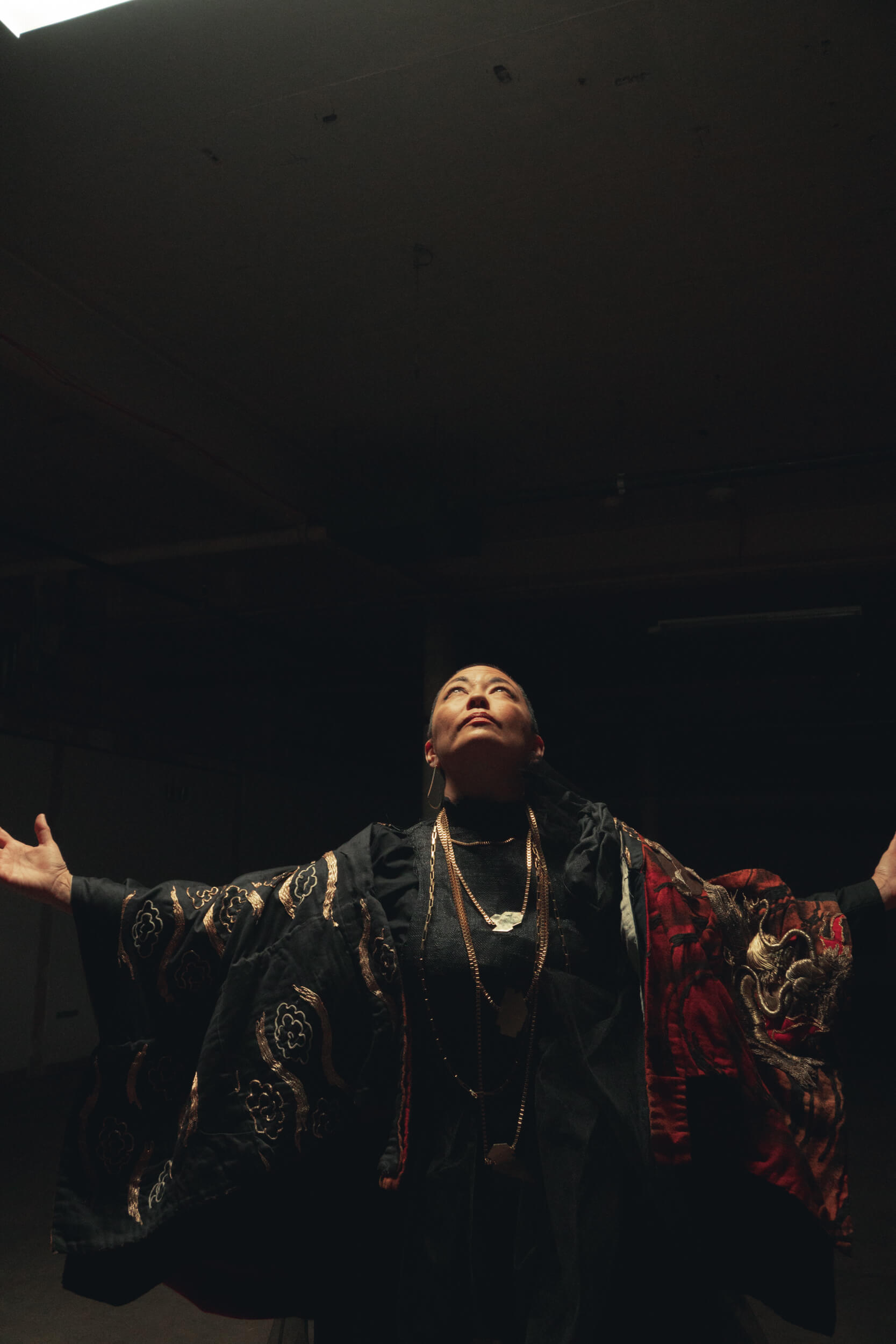
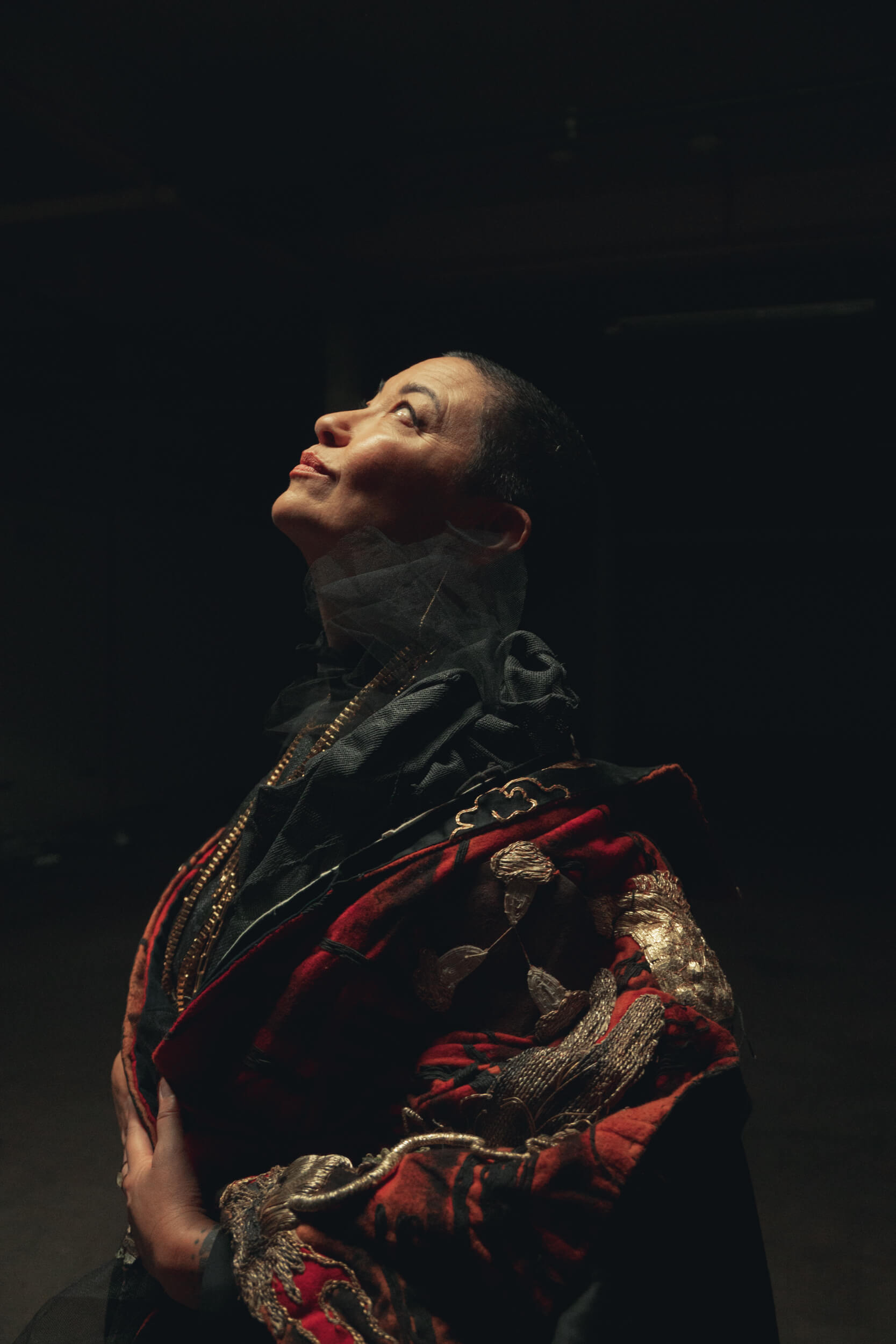
The Film Wall
35mm & Fuji Instax



Photos & Video by Johnny Carrano.
Makeup by Cynthia Sobek.
Styling by Elanur Erdogan.
Follow Ane here.
LOOK 1
Jewelry: Neroloosh, Bliss Lau
Headpiece: DOBS NY
Dress: Roksanda
Shoes: Celine
LOOK 2
Jumpsuit: Miwa Ishii
Jewelry: Bliss Lau, Reine de Blanc, The Modern Tales, Neroloosh
Cape: DOBS NY
Boots: Margiela
LOOK 3
Opera Cape: Ane Crabtree’s Own
Dress: DOBS NY
Jewelry: Bliss Lau, Reine de Blanc, The Modern Tales
Boots: Margiela


